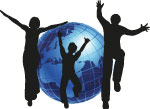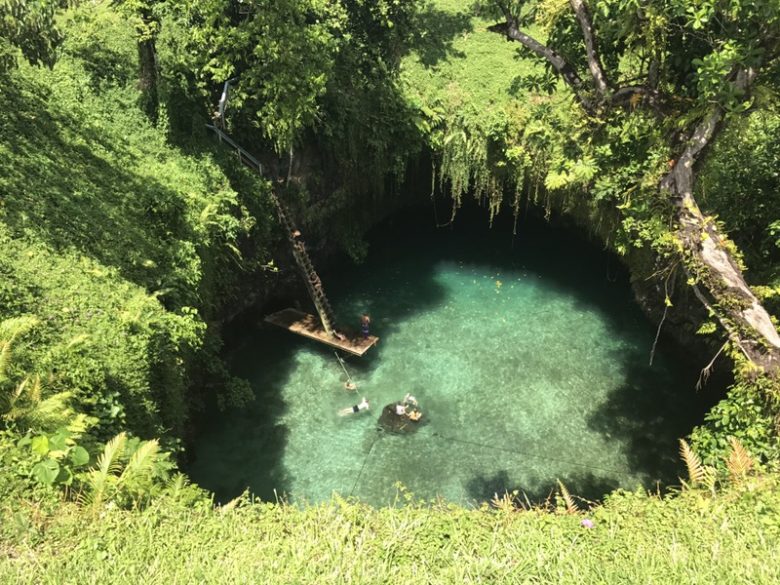Apia – the captial city
Apia is the “capital city” of Samoa. This means that there are not only the usual 2-4 rows of houses from the beach, there are really streets and blocks of houses and skyscrapers (with a bit more like 5 but hardly more than 10 floors).
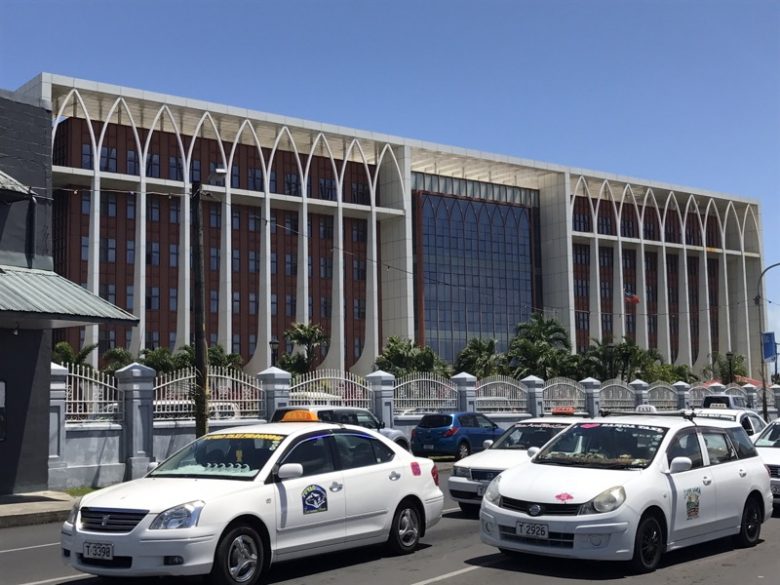
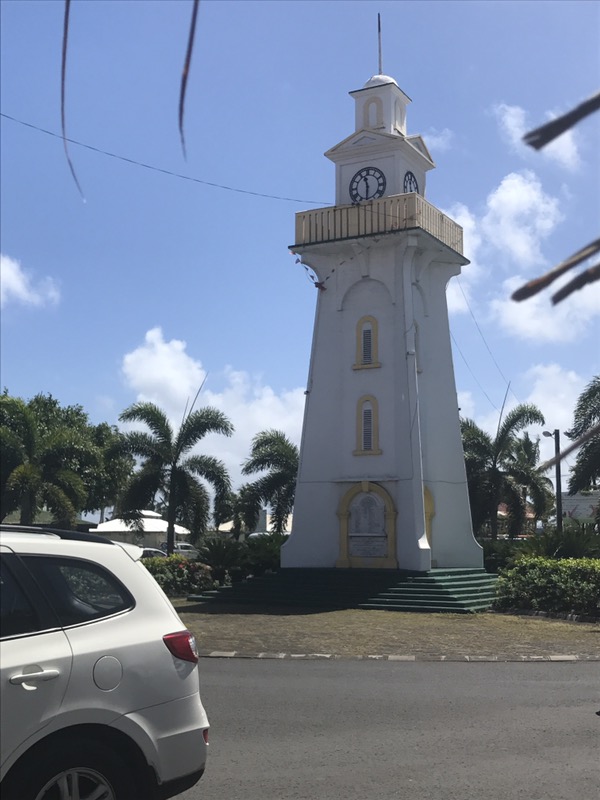
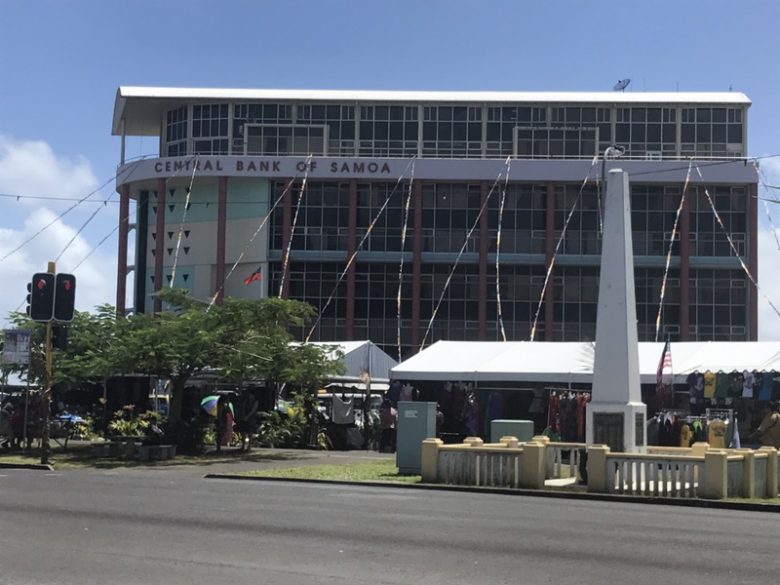
On the way you go through many villages where it is not obvious where one village ends and the next begins.
Every village has at least one church (some supposedly more like 5)! There are also god houses of other religions.
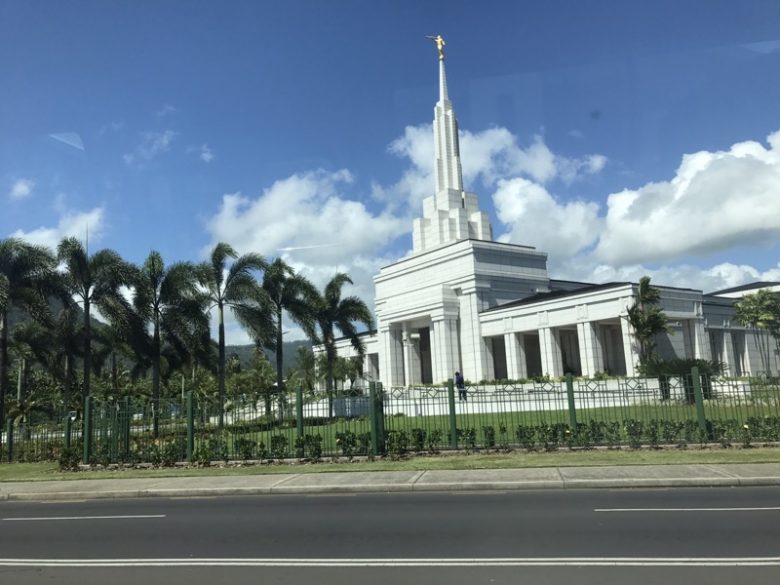
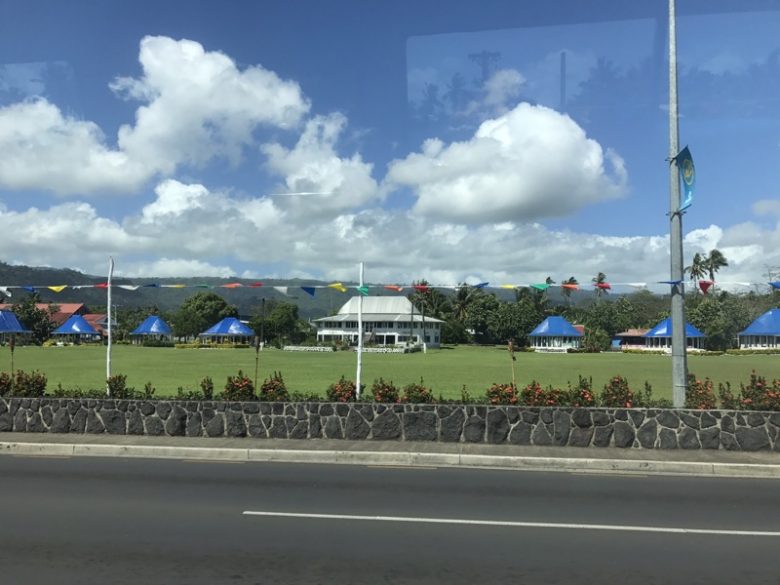
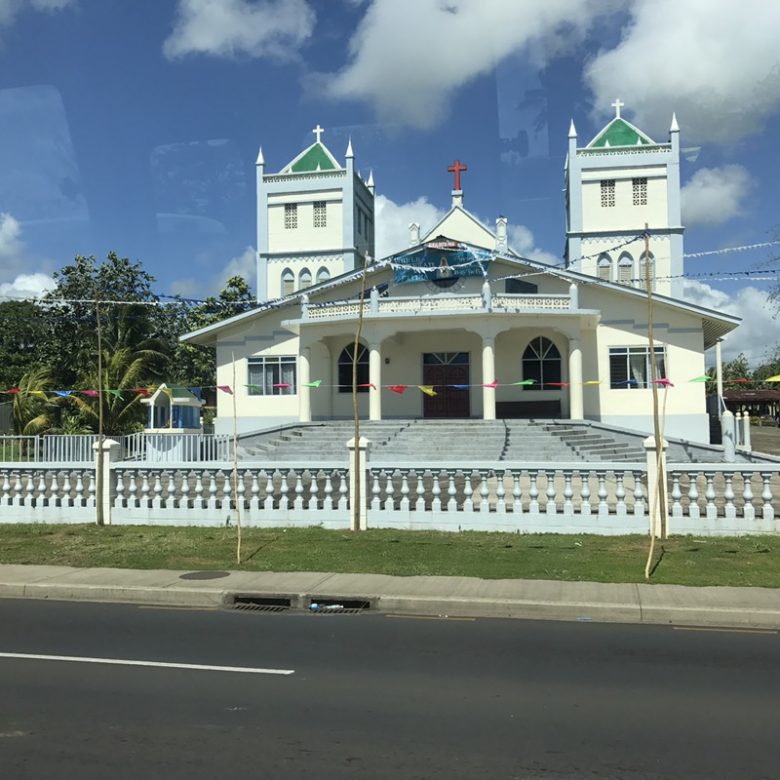
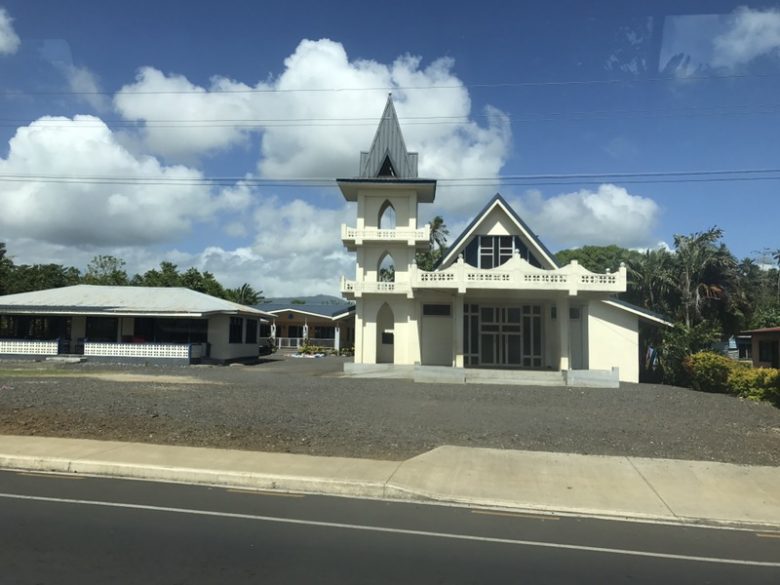
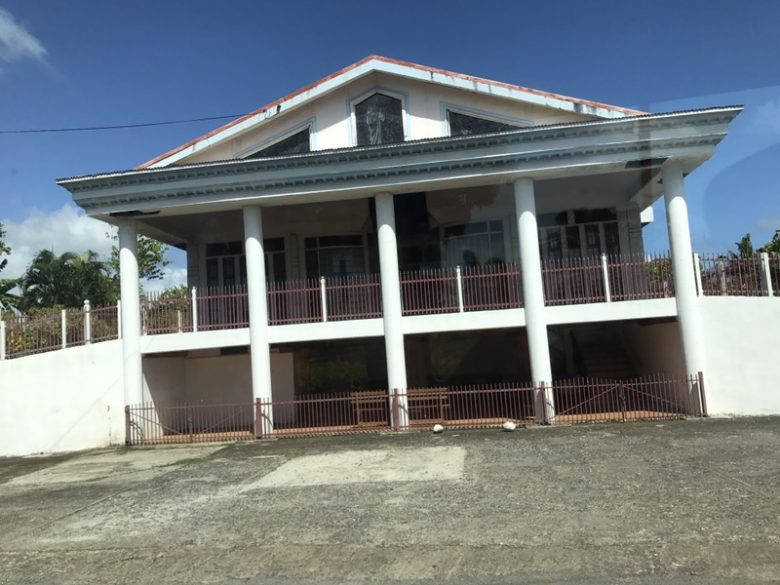
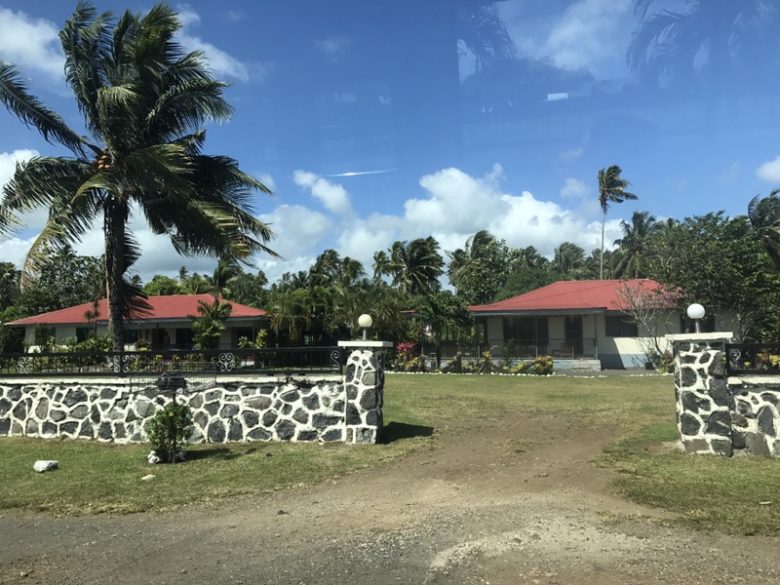
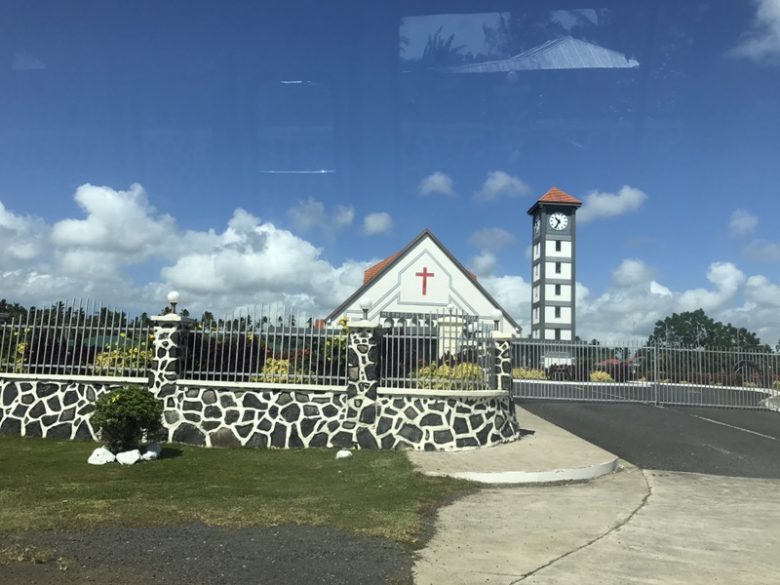
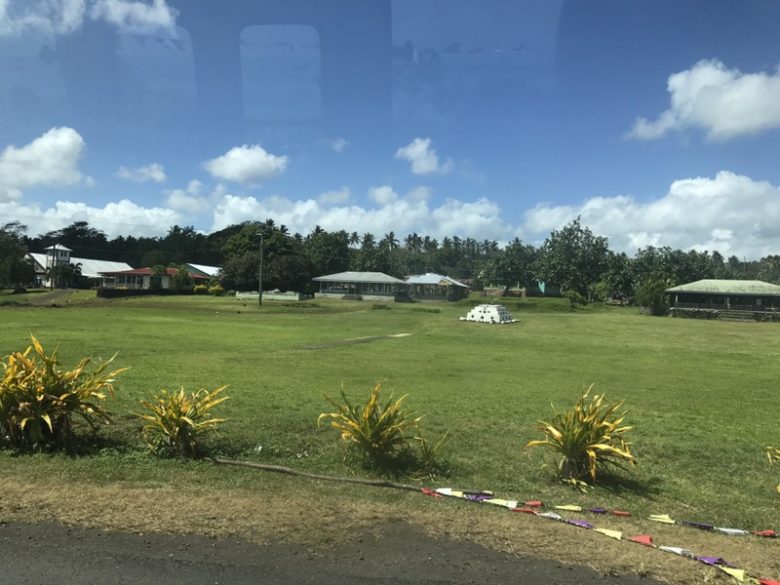

Most impressive, however, I found the cathedral – for me one of the most beautiful churches I have ever seen.
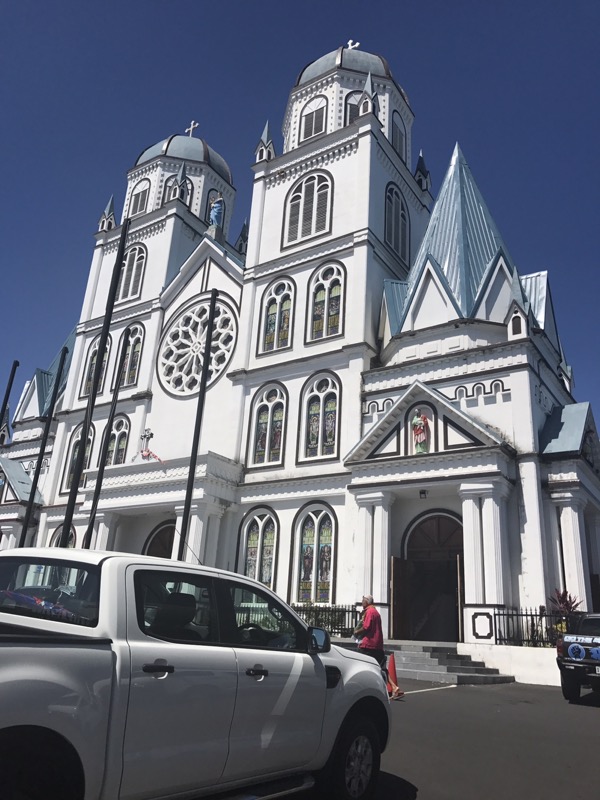

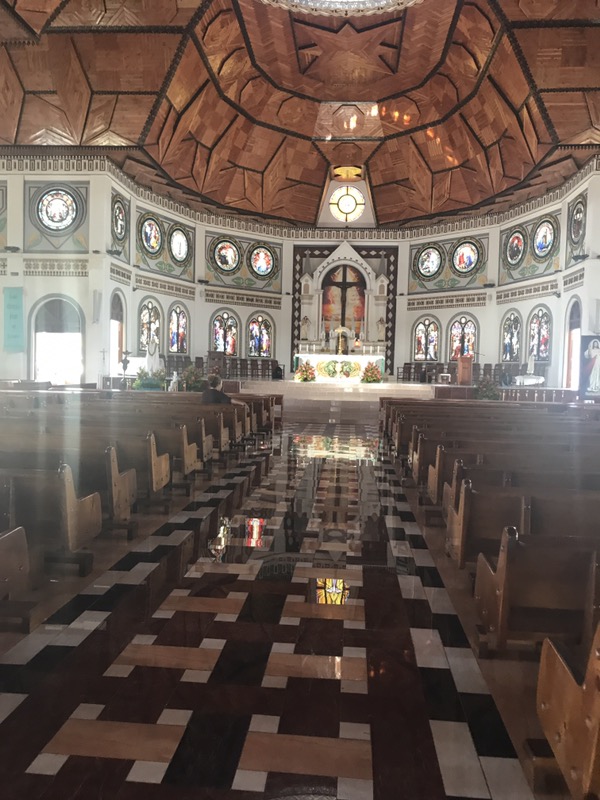
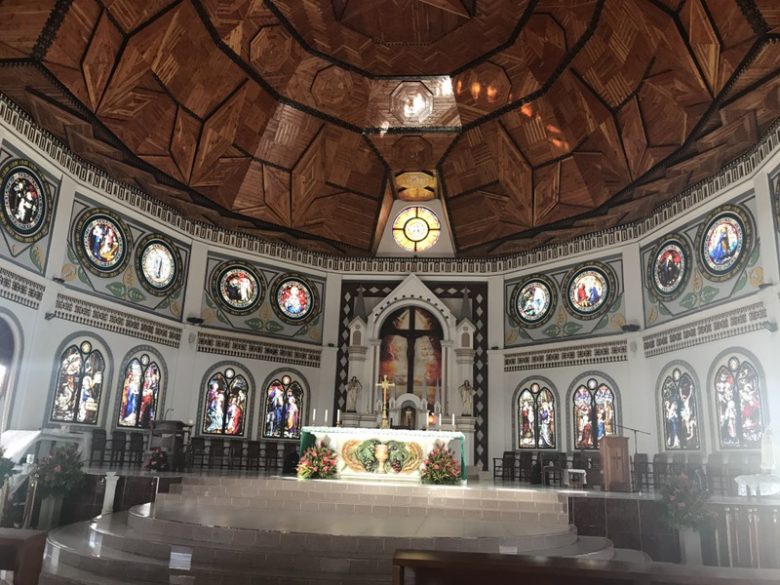
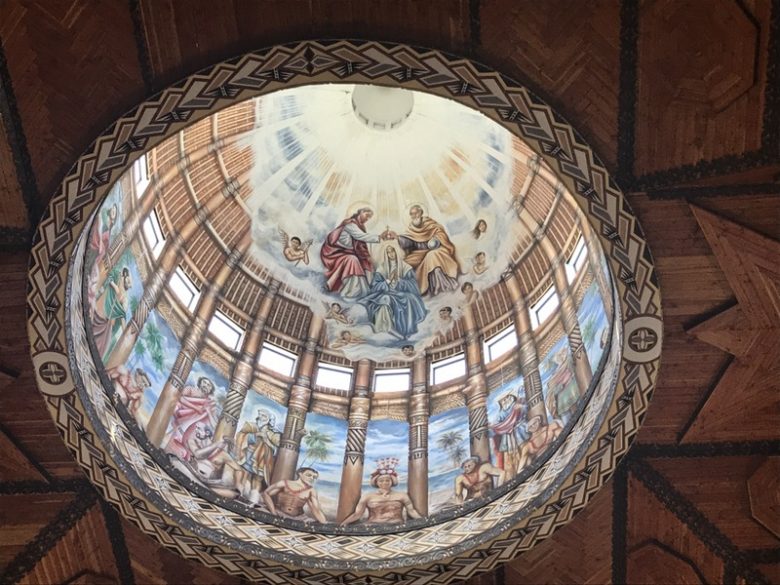
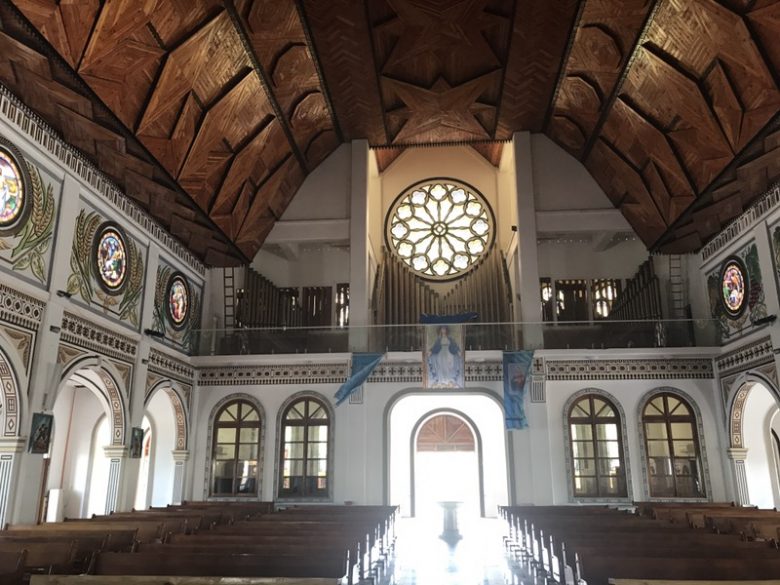
Everywhere there are doors to the outside, many beautiful windows provide sufficient light, the pictures and statues are imaginative and just beautiful!
The rest of Apia is not so special. There is a new hospital, some shopping centers – each with a handfull of shops, a fish market (only in the morning, we were too late), a fruit and vegetable market and a textile market. Even a small cinema exists, and so we are trough all the highlights. Apart from the two small museums, the city has been seen in a few hours.
Still a nice change compared to other cities;).
Island round trip
Samoa consists of several islands, of which two small islands and the two big ones are inhabited (and several small ones are uninhabited).
We are on the island of Upolu with the capital city and the international airport, and these is that one we do our first round trip.
There are more than 350 villages in Samoa with an average of 3-4 churches – mostly Christian, but also some temples. We have only seen this during bypassing them by bus.

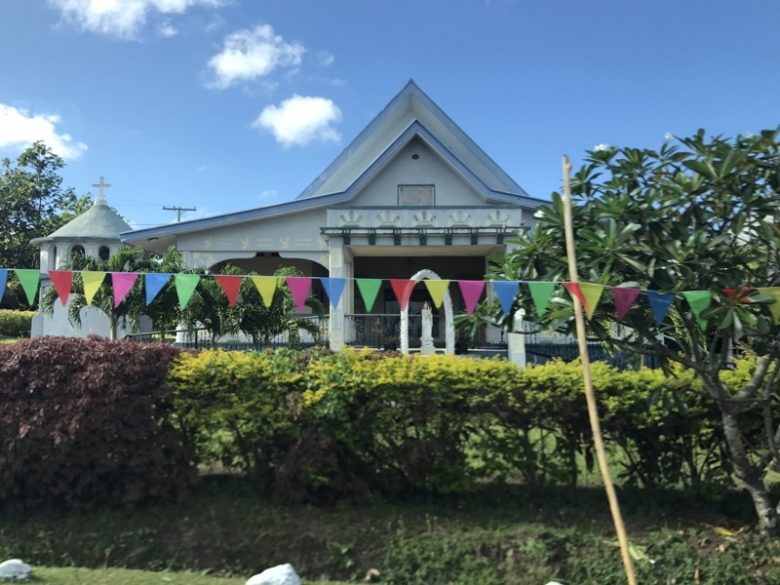
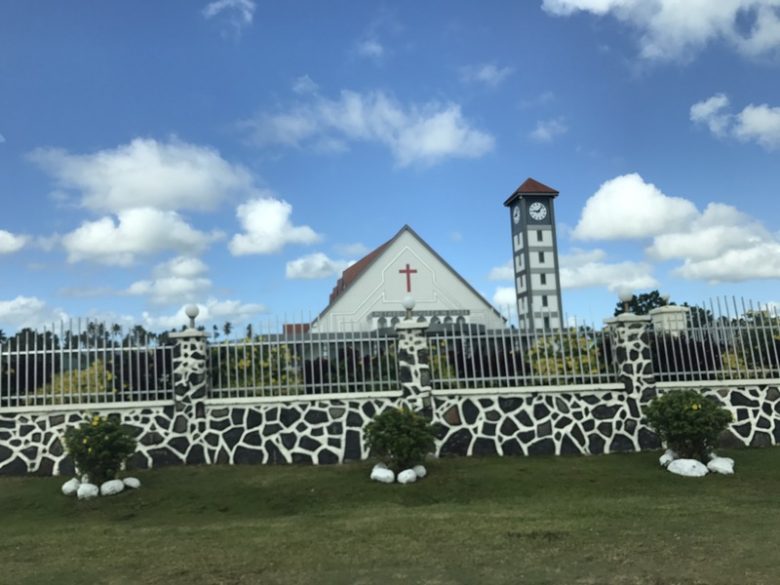
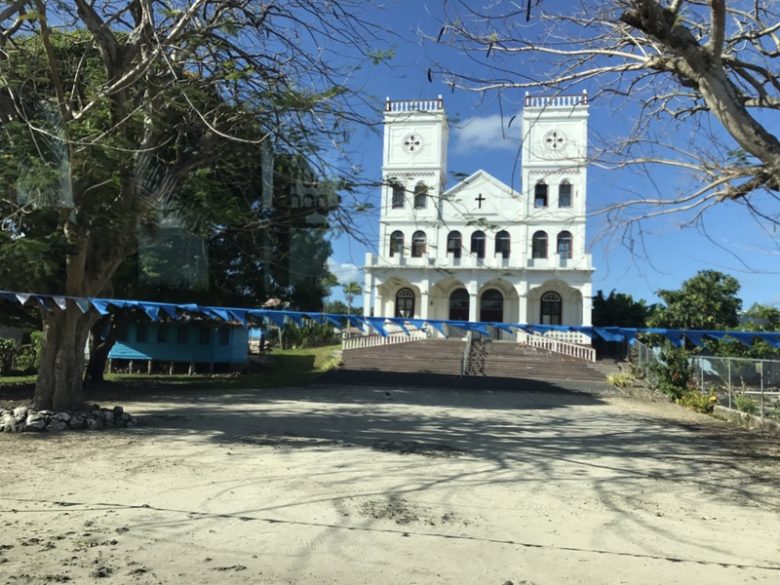
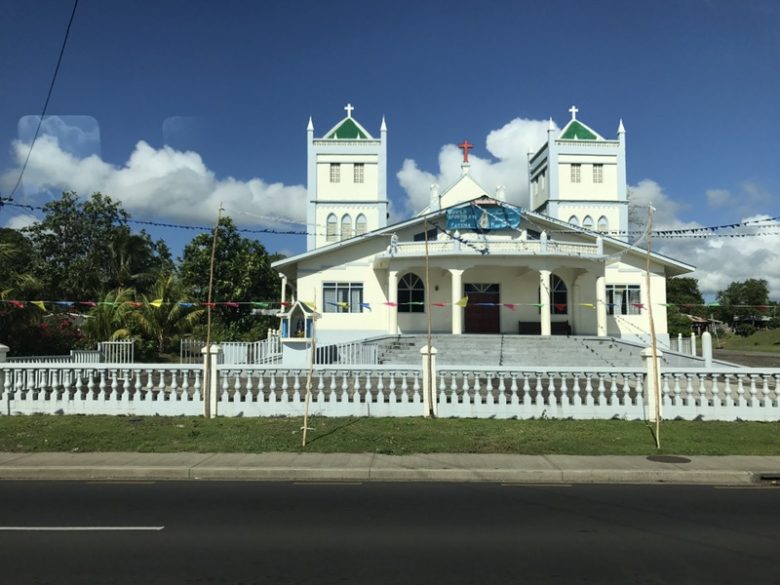
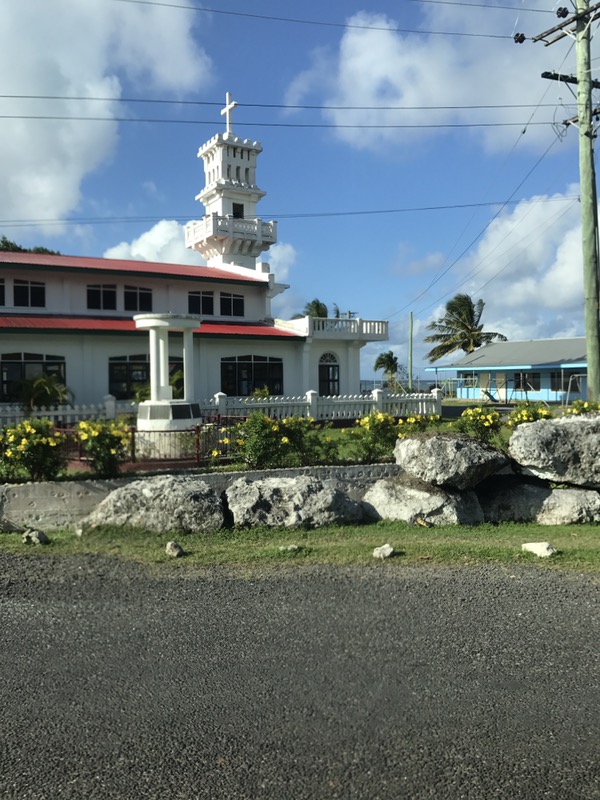
The highlights of the island can be found almost exclusively in nature. We have seen waterfalls, admired holes in the ground, swamming in “Lavapools” (and brought us a sunburn) and Max was able to play in sand on a beach.
In between there were always jungle, mountains – as they call here the several hundred meters high hill – and a lake.
There are some waterfalls, some of which have sometimes no water (in the dry season). We were fortunate that at least at least some water flowed.
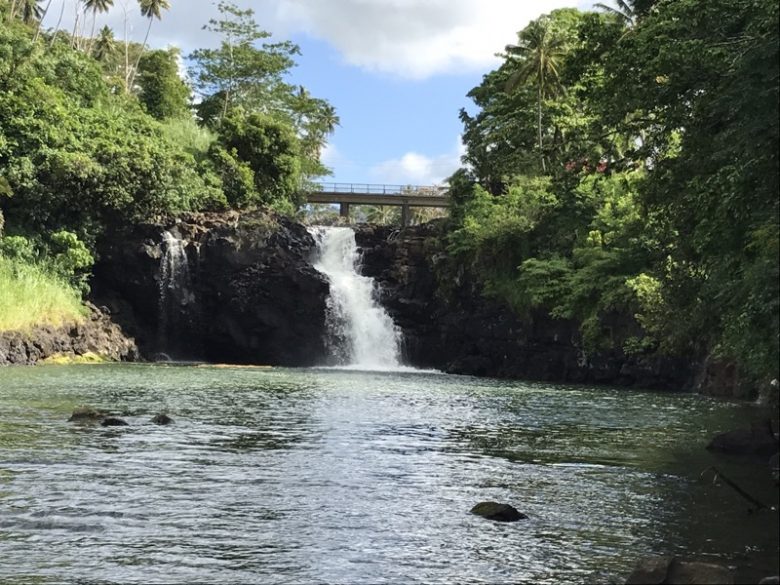
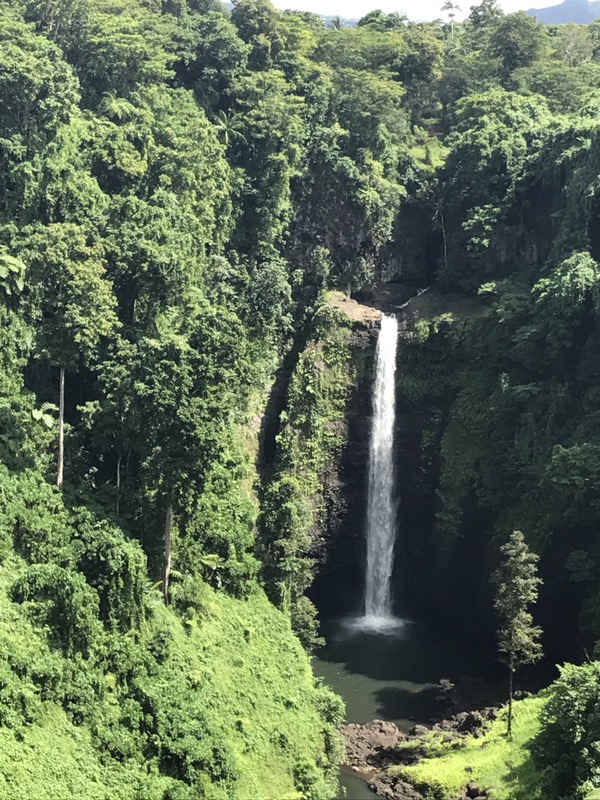
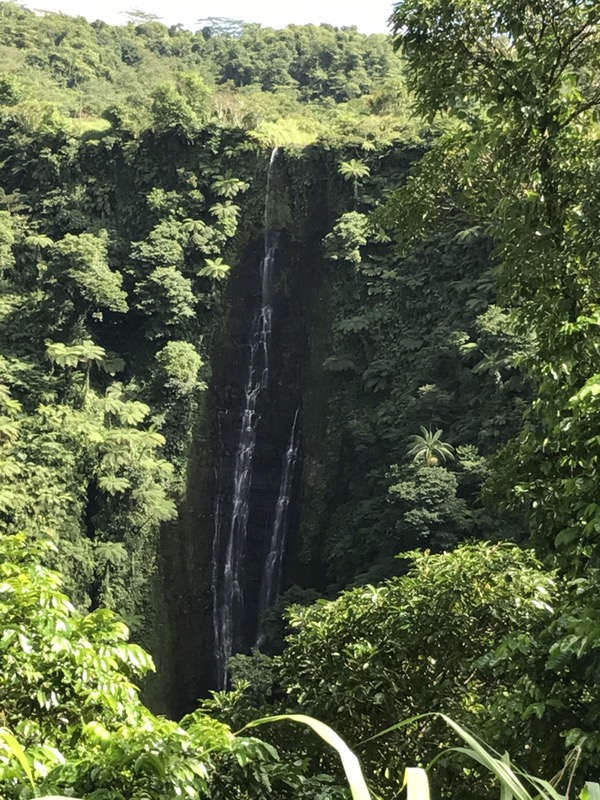
Of course no comparison with the Iguazu waterfalls but nice to look at.
The holes in the earth were in two directions – with and without water.
Brave ons – to which we do not count – could climb down a slippery ladder and swim in the supposedly cool (cold?) Water.
The version without water could only be admired from above.
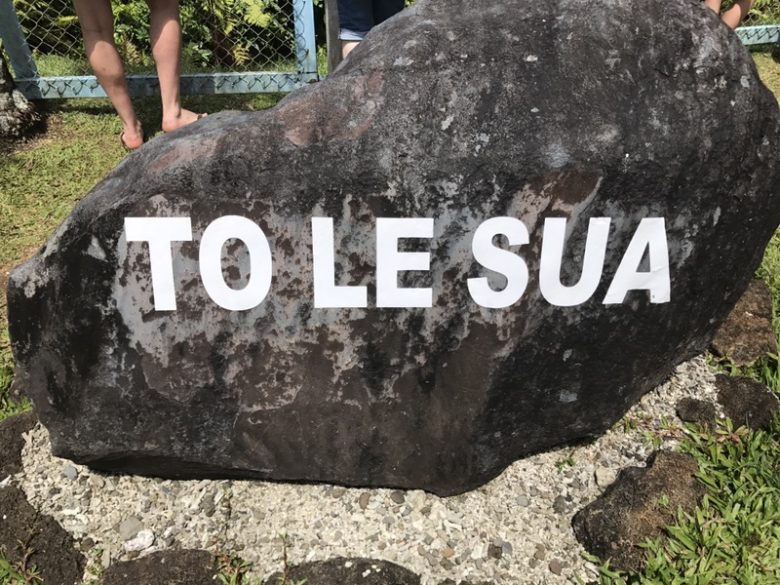
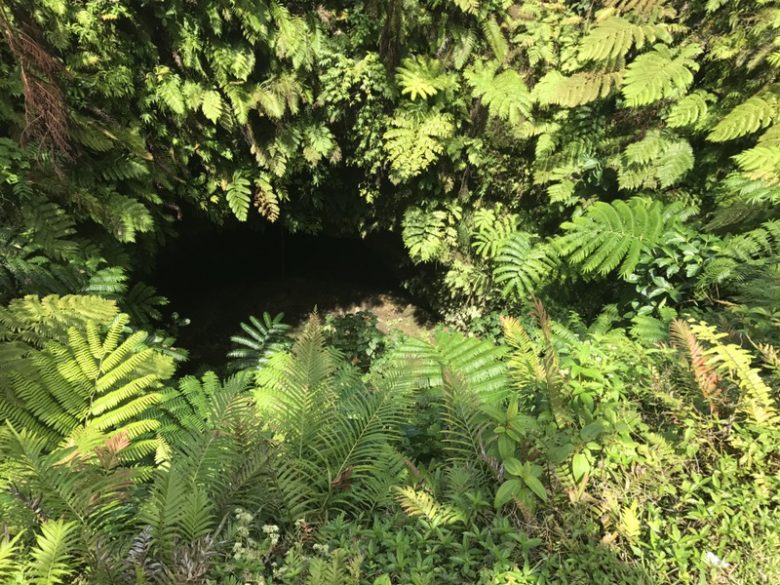
For the less courageous there were the “lava bays”.
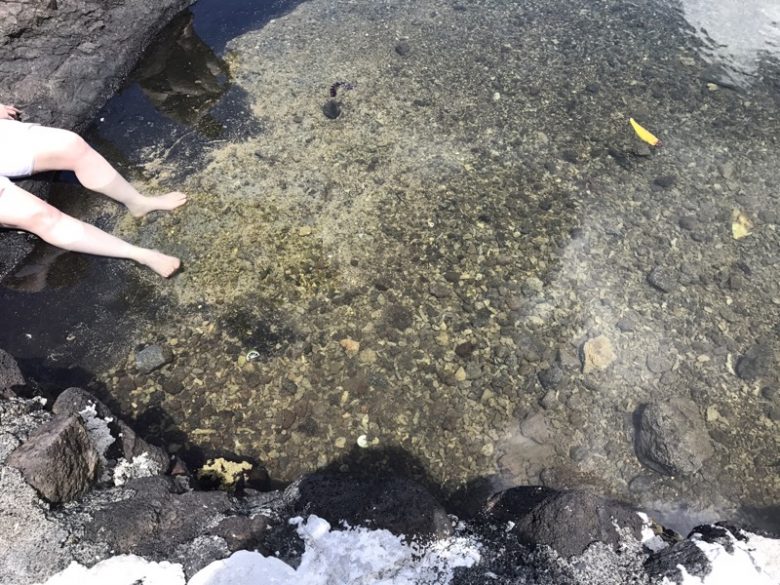
These are filled with seawater at high waves and you will find fish and crabs.
The landscape and the mountains are everywhere green and mostly – partly with jungle – wooded.
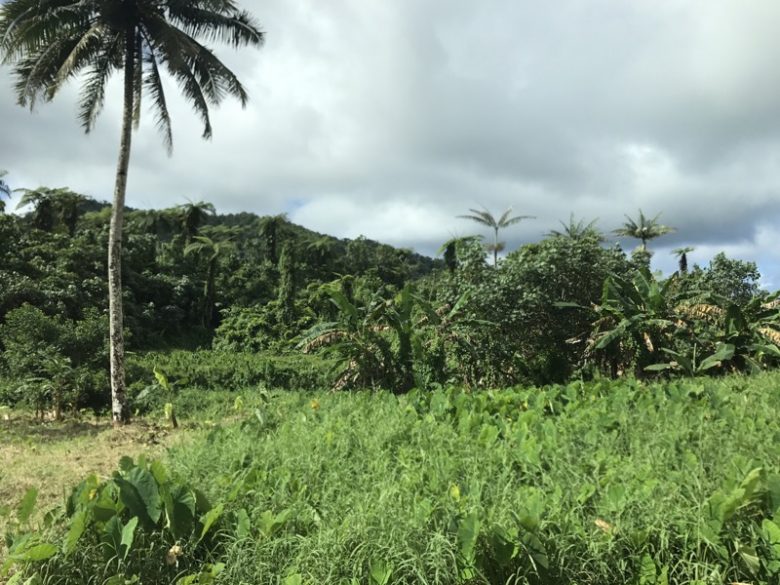
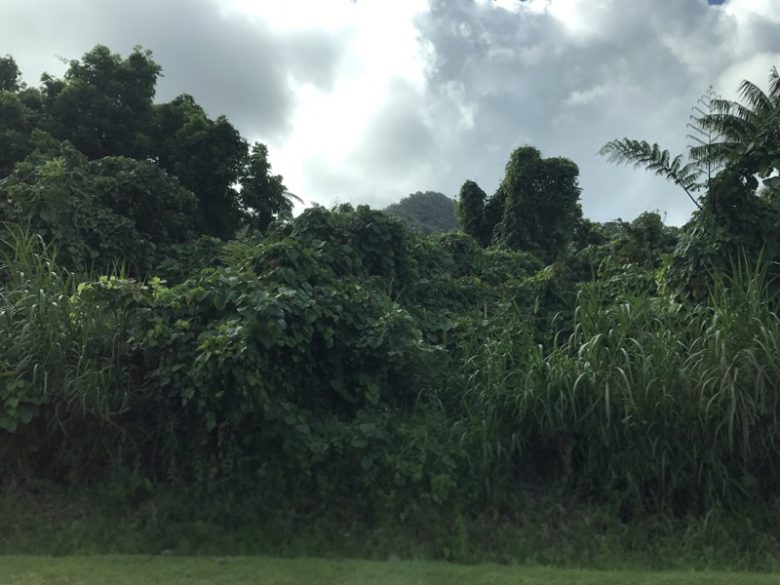

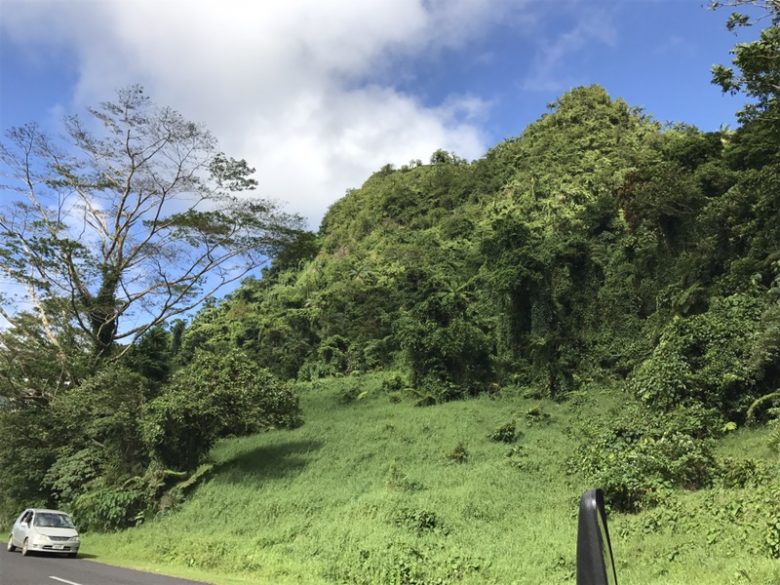
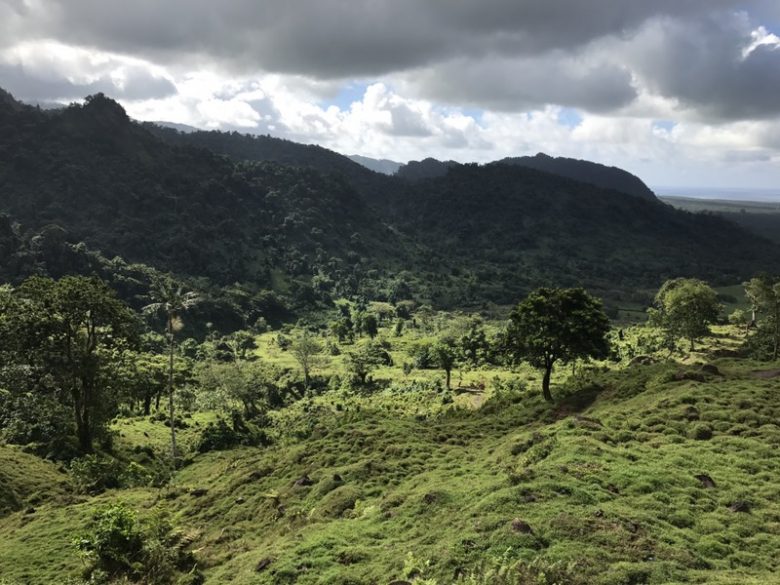

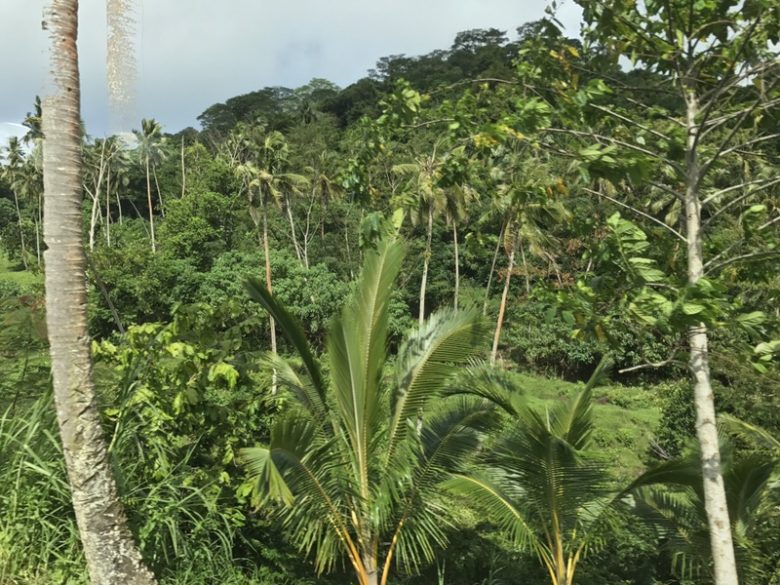
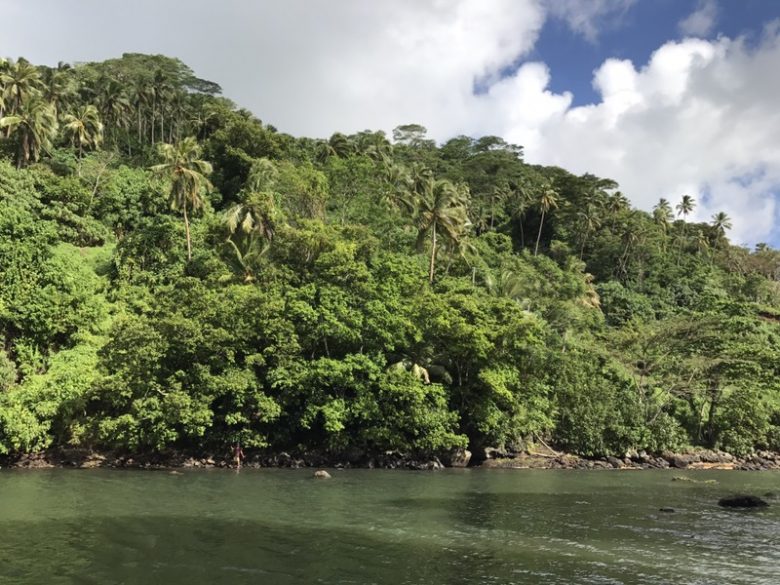
From the lake we could only see very little while bypassing….
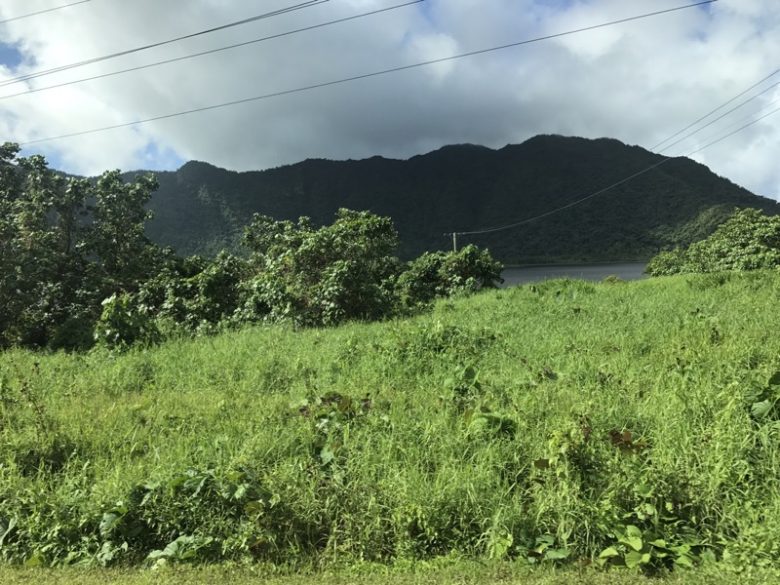
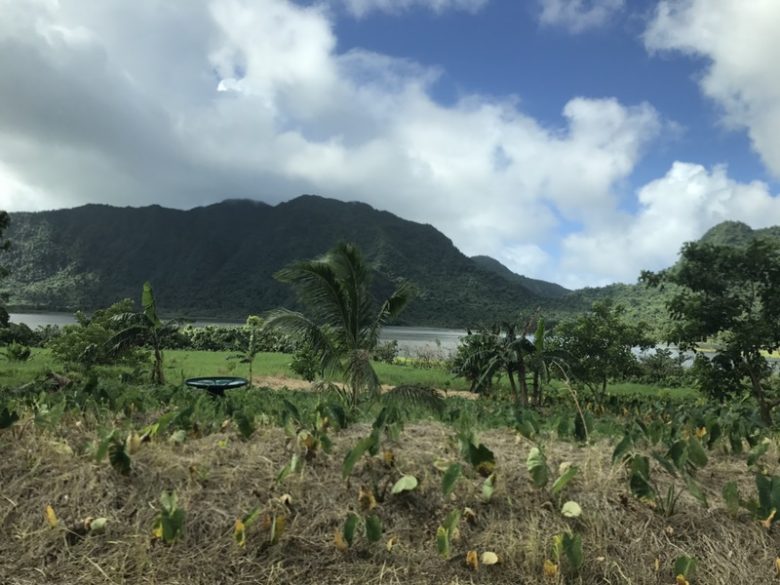
Also some uninhabited islands – unfortunately not all photos have become well (backlight and reflections).
On this island there are only a few bungalows that belong to a small resort.

To the greatest pleasure for Max was the visit of a beach, where he could play almost an hour – even with other children – in sand.

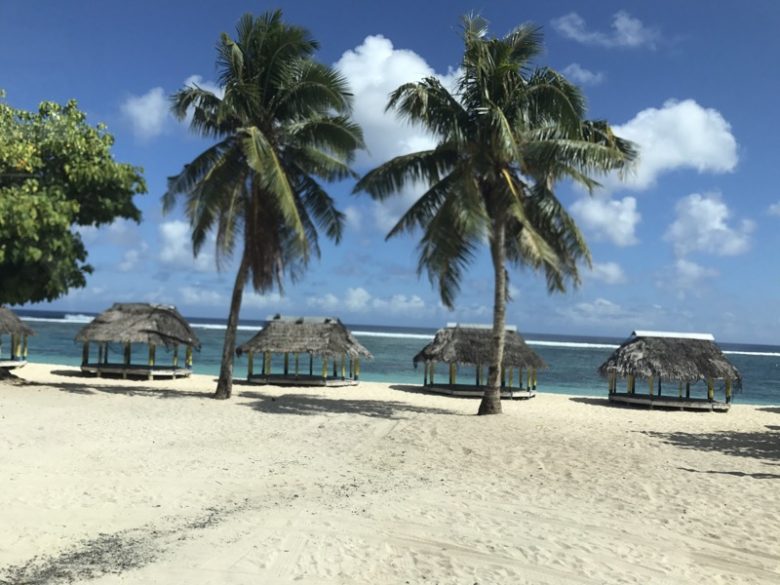
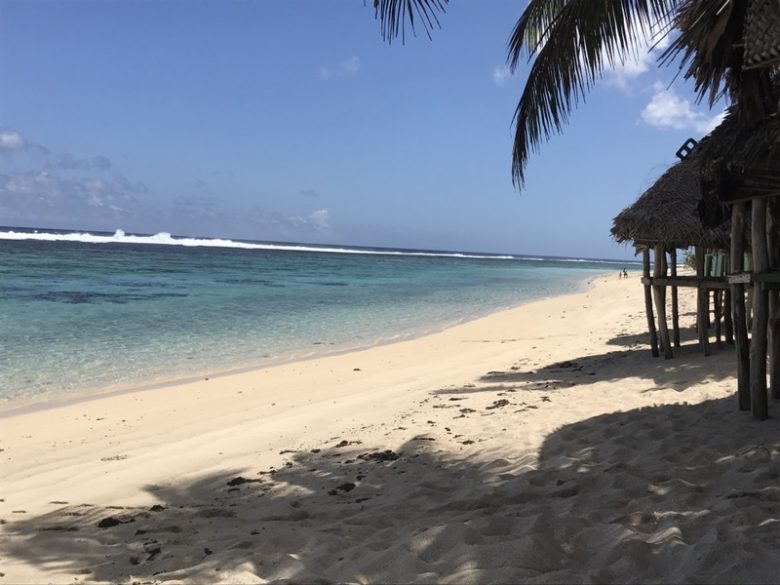
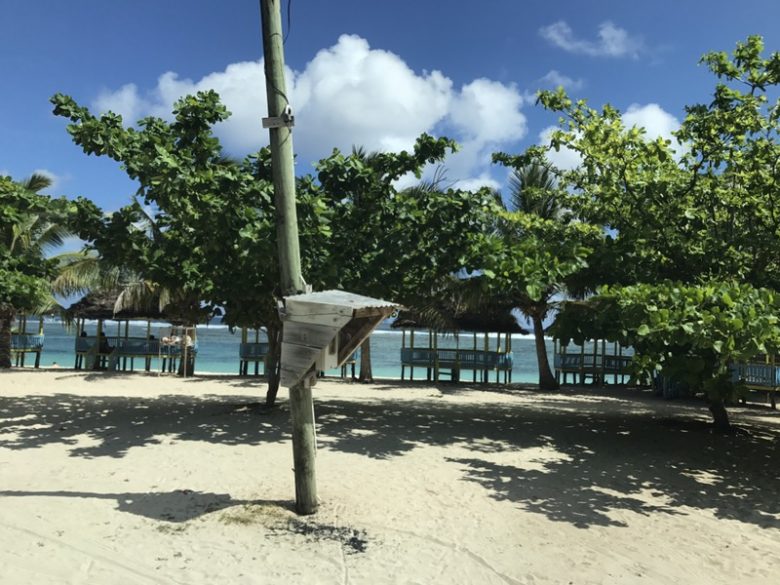
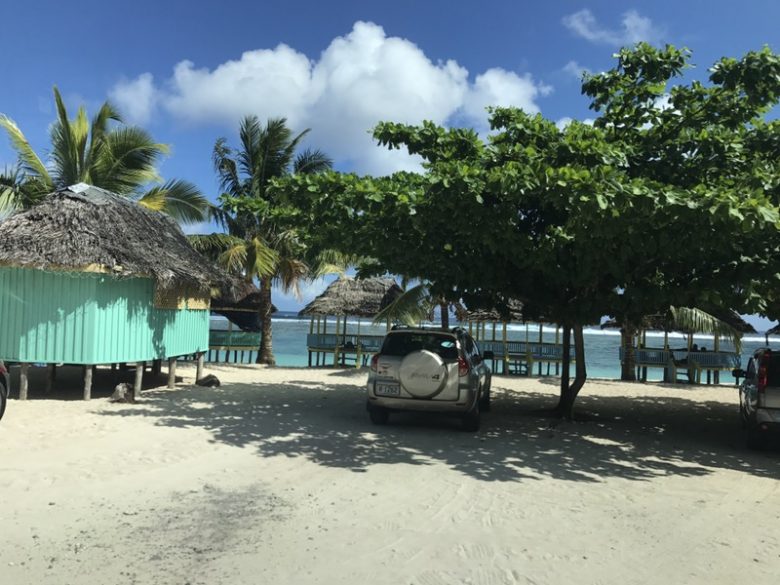
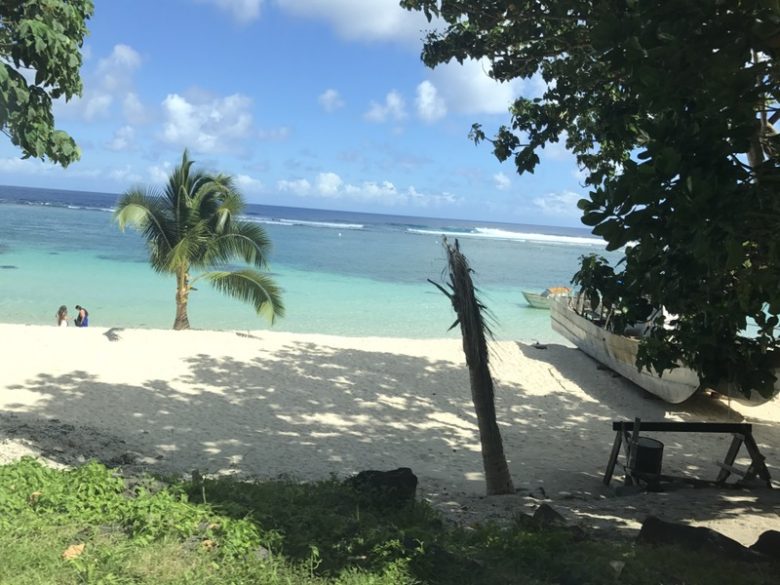
For Kasia there were also many flowers to admire.
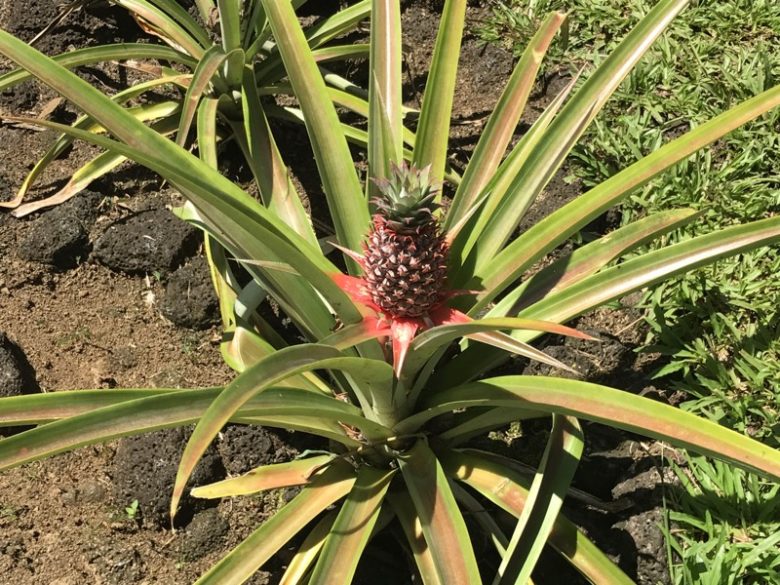
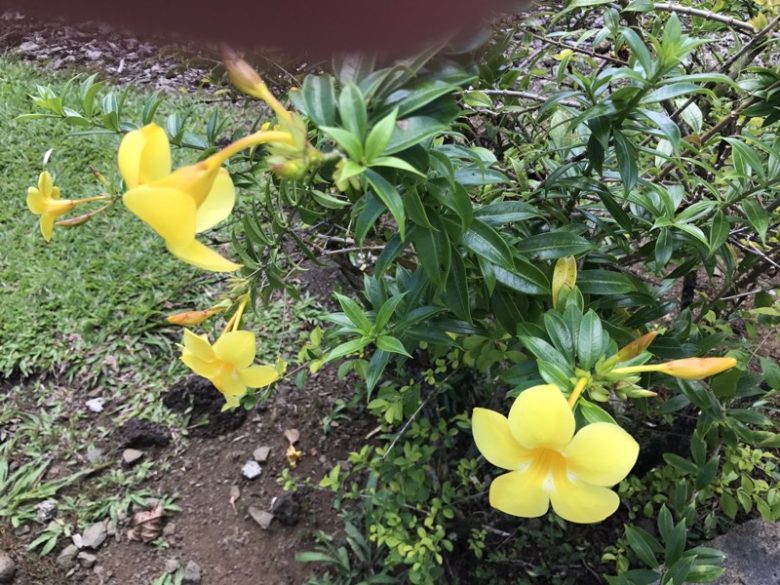
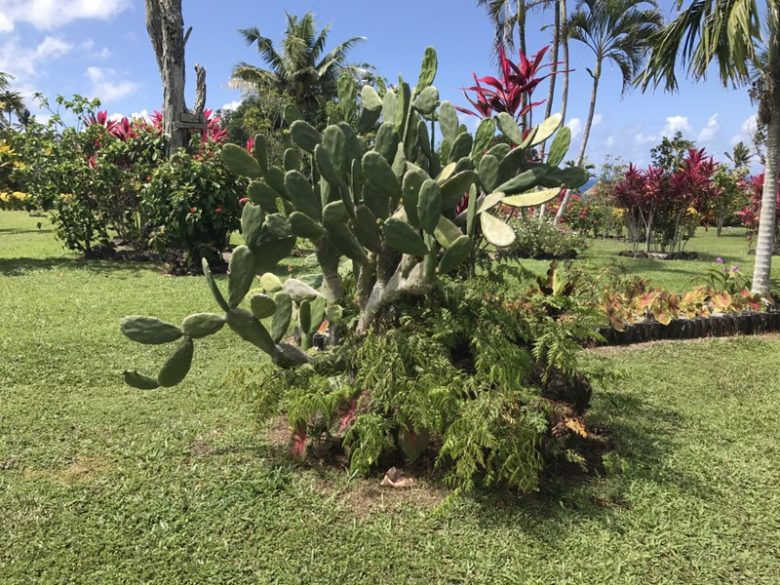


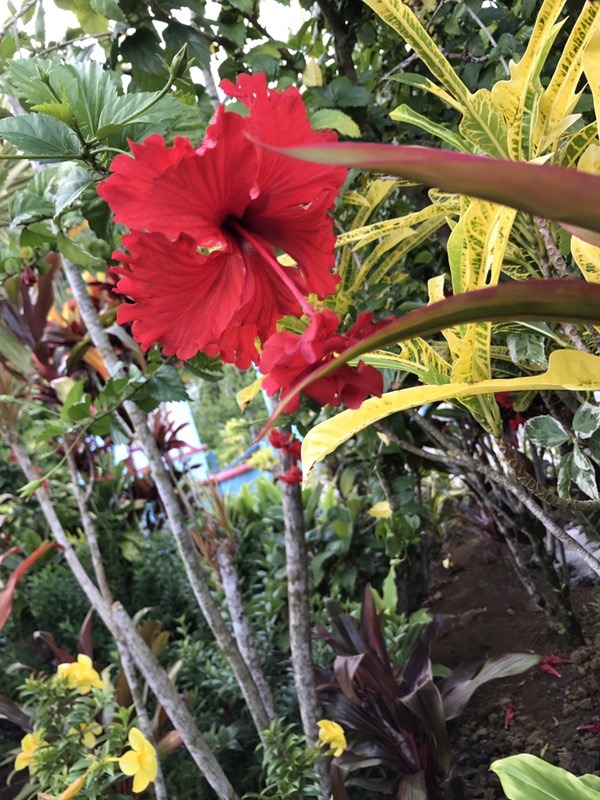
My – and not just mine – highlight was the “Coconut Show”. We were shown how to peel coconuts to make them look as we know them. Then how to open them with a stone and 1-3 beats and finally how to peel the whites out of the nuts and make coconut cream (white milk) from them. The whole we have only on a small video, which is beyond the framework of this blog (sorry).


Sun set
It is almost kitschy – a sunset on a tropical island – nevertheless gorgeous!
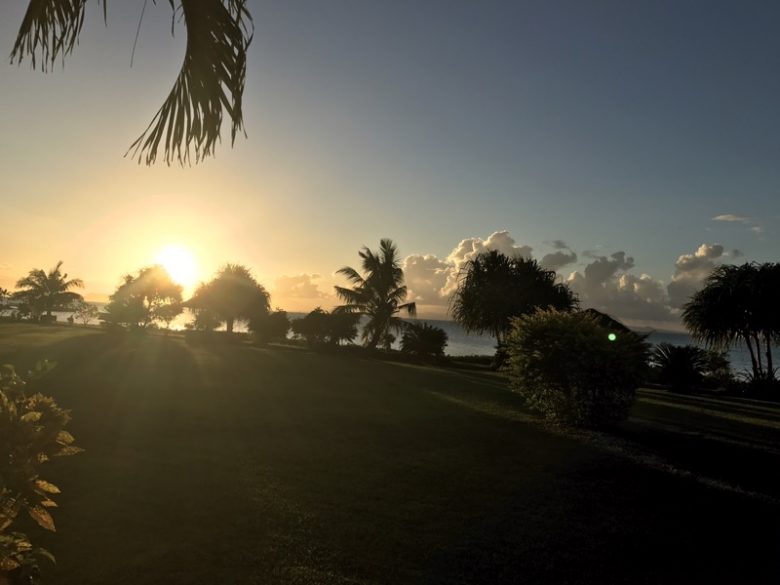

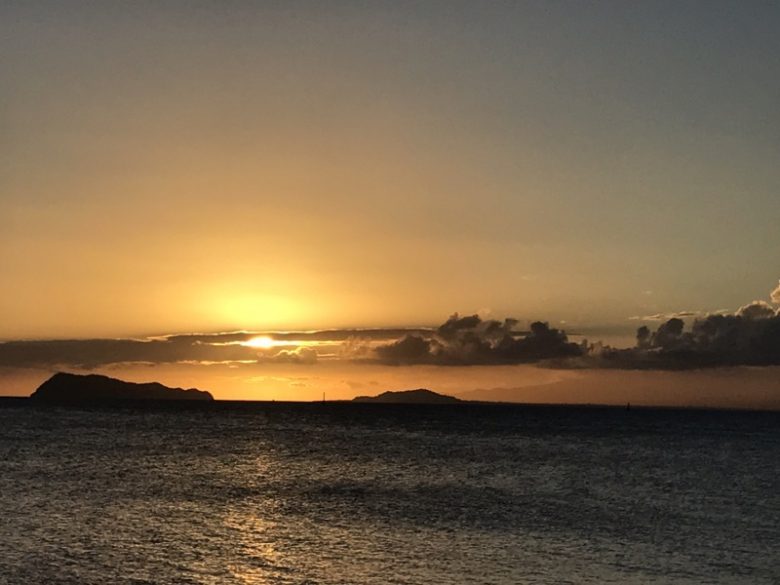

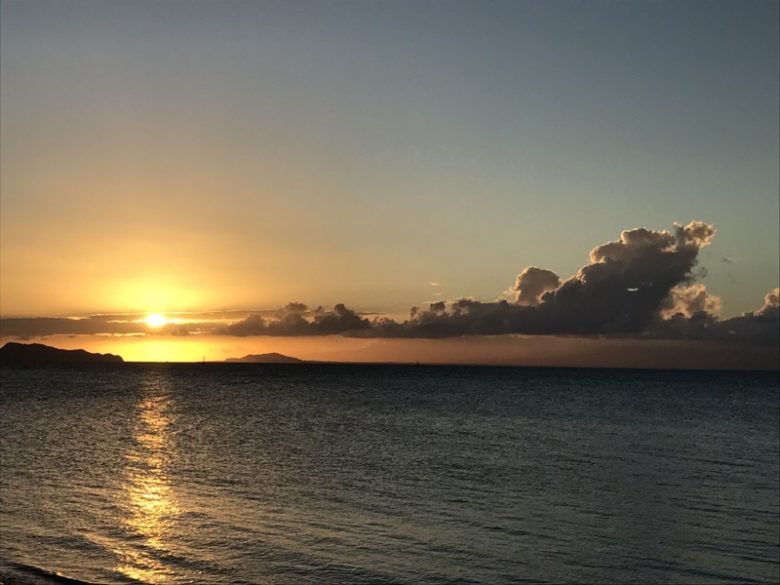


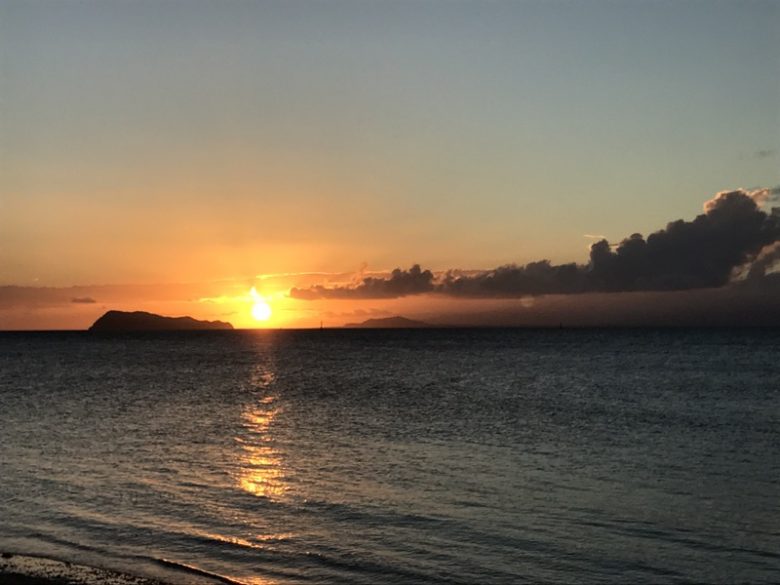
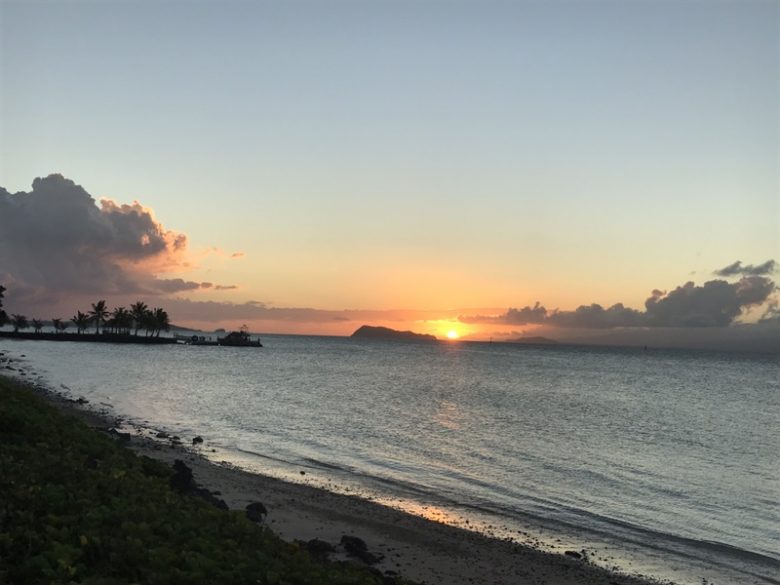
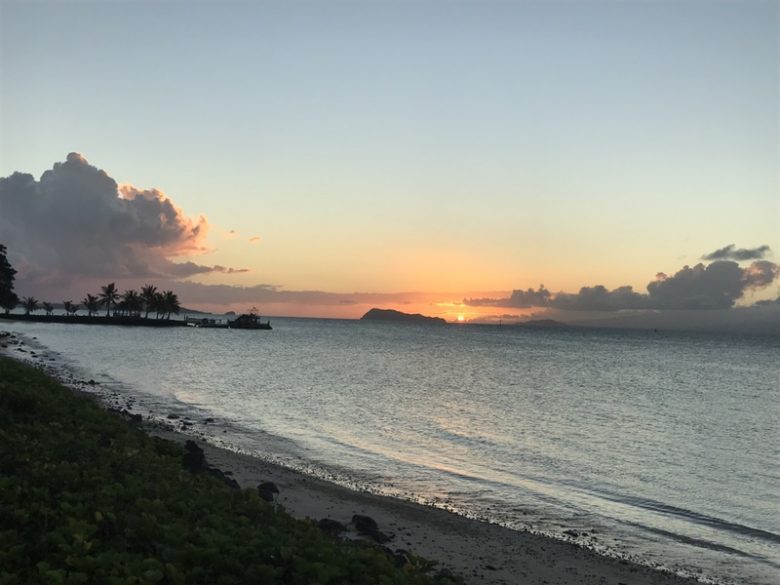
Unbelievable how well smartphone pictures look like!
Before our Nikon camera finally gave up (stop working), we also managed to take some photos with it:






Robert Louise Stevenson Museum
Quite honestly, I did not know who that was before I got told the names of the most famous books like “The Treasure Island”, “Jakyll and Hyde” and many, many others. Kasia knew him right away!
The museum is situated on a hill. The Villa Vailima was built by Mr. Stevenson himself and he lived there for the last 4 1/2 years of his life.
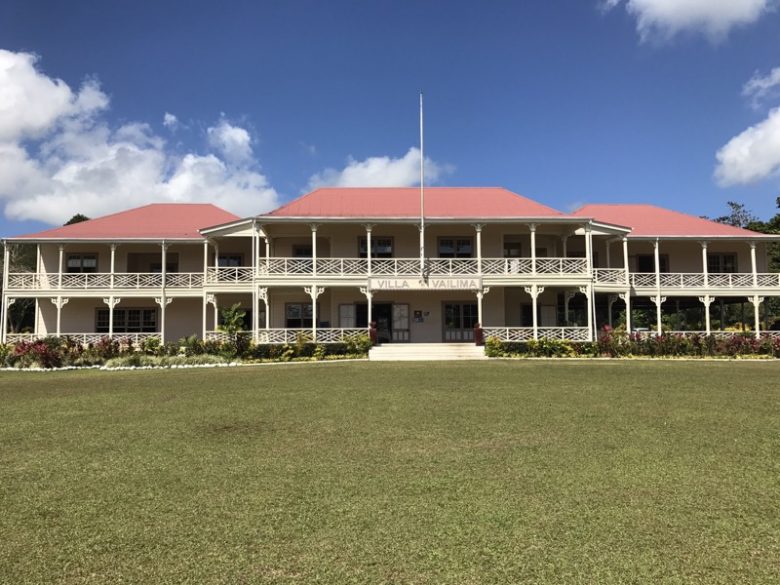
The house and the huge garden are very well maintained. Every 30 minutes a guided tour takes place, which takes about 20 minutes (the house has only 5-6 rooms). The guide is very entertaining and the guide tells many interesting details from the life of Tusitala (the narrator), as Stevenson was called in Samoa.
Before you enter the museum you have to take off your shoes – this is the first museum where I was allowed to be! On the other hand, you have to enter all houses on Samoa are barefoot.

The house was built after the death of R.L.S. (ambassadors, government representatives, …) until it is severely damaged by a cyclone. After this, it was long vacated until the rich American businessman Rex Maughan, bought it, renovated (spending about US $ 5 million) and then opened it to the public as a museum.
Maughan lived as a young man for two years as a missionary in Samoa and learned to love the country and his people. He was very impressed with Stevenson’s life and works. When he became rich, he founded several schools in the country and contributed to the preservation of the forests. He was awarded the title of Tilafaiga by the Samoans, roughly “High Chief”.
The rooms have been renovated as original as possible and partly equipped with original furniture. Unfortunately much was no longer available and was replaced by similar furniture from the time.
Stevenson came from Scotland and has built in his rooms chimneys, which were never used – it is simply too hot on Samoa. In addition, the Samoans did not know how to build fireplaces – from where …
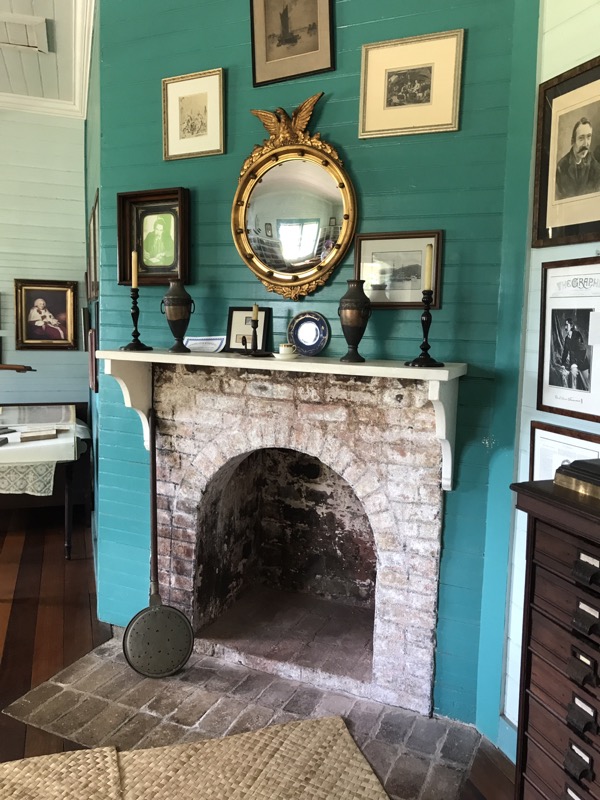
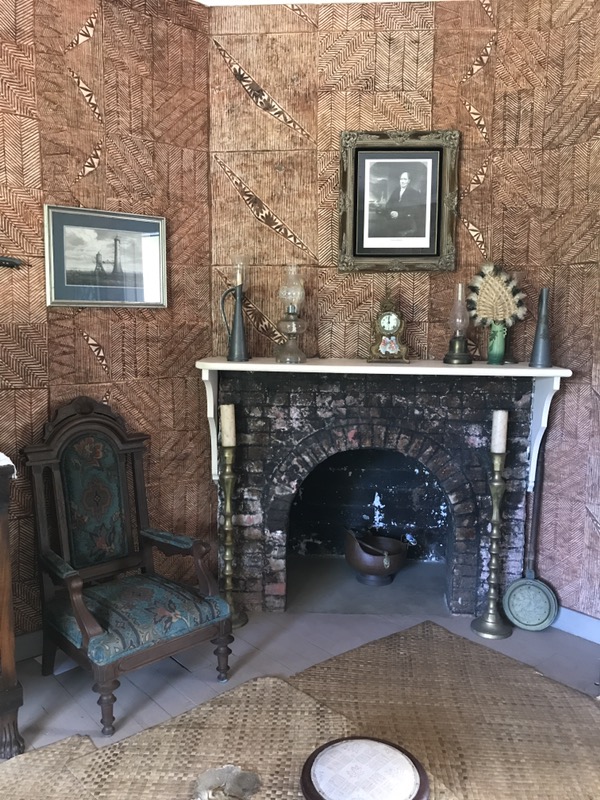
His wife, Fanny, a native Californian, was Redwood tree walls in here room.
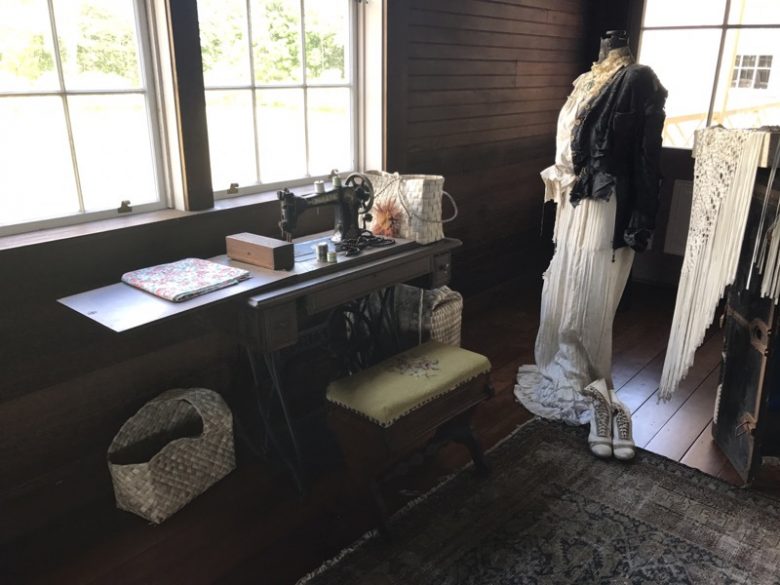


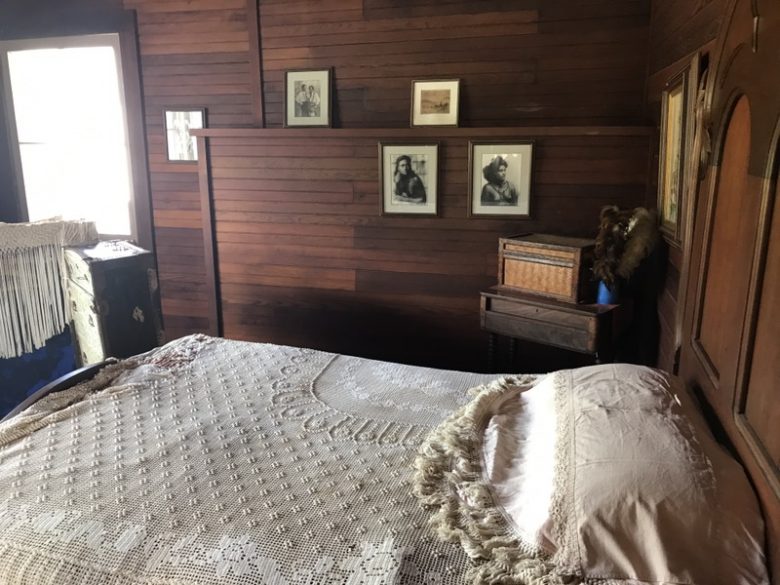
Except R.L.S. and his wife Fanny, other family members lived on the estate: Isobel, Fanny’s daughter, helped Stevenson as a kind of secretary. Her Son Austin was taught by the writer in English, French and History. Lloyd, Fanny’s son, spoke Samoan fluently and was the great support of the family. Margaret Isabella Balfour Stevenson, the mother of R.L.S., commuted between Samoa and Sydney, but spent a great deal of time on the island. Her son venerated her and undertook everything to make her beautiful and comfortable. The rooms of the family looked like this:
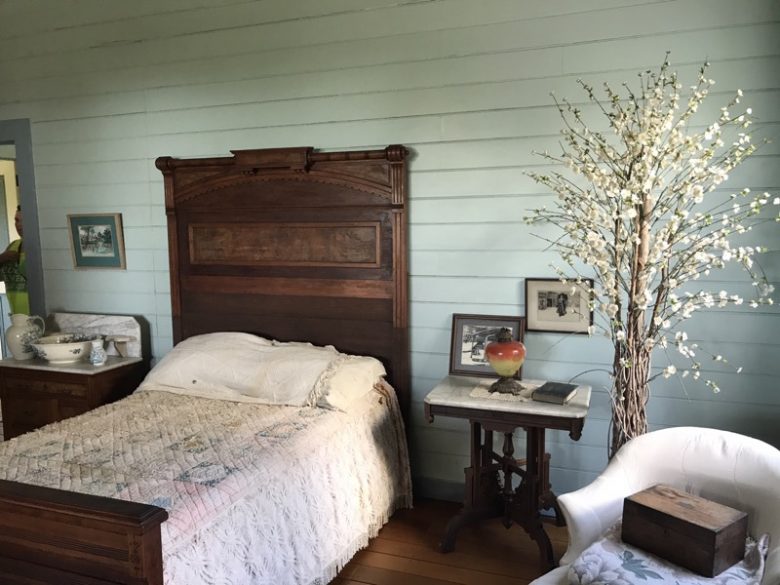

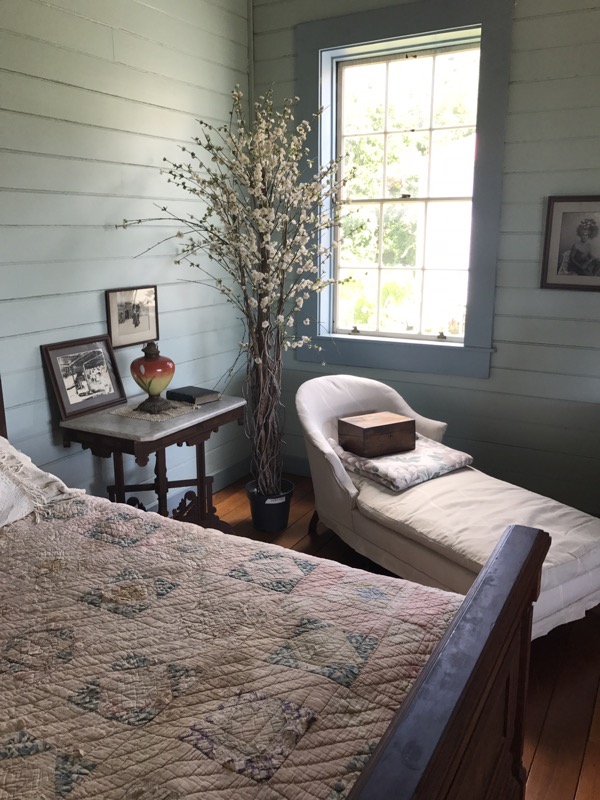
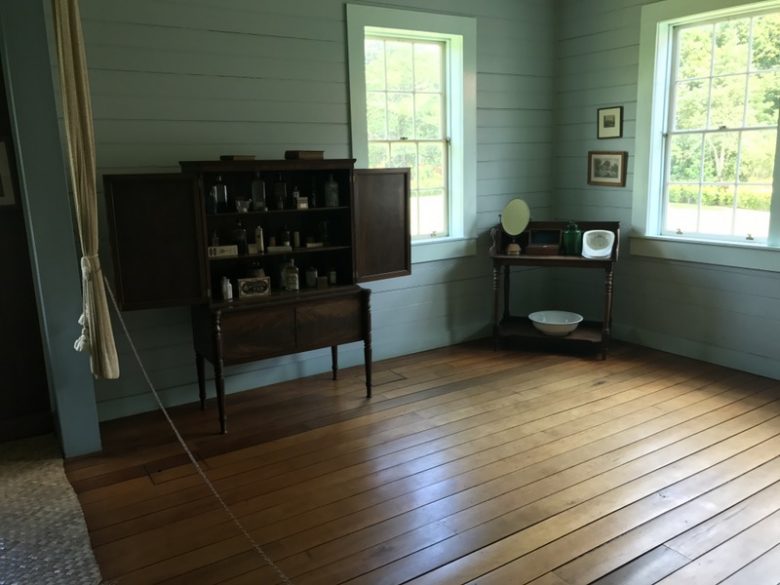

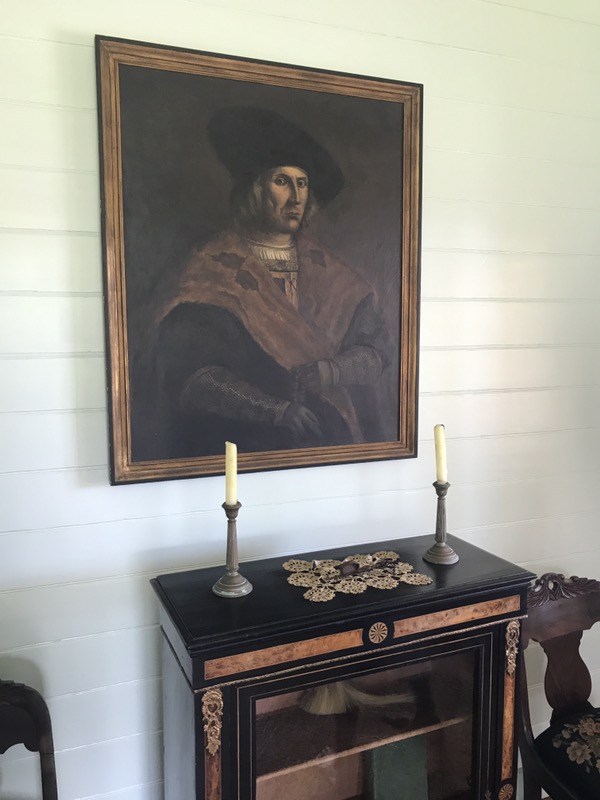
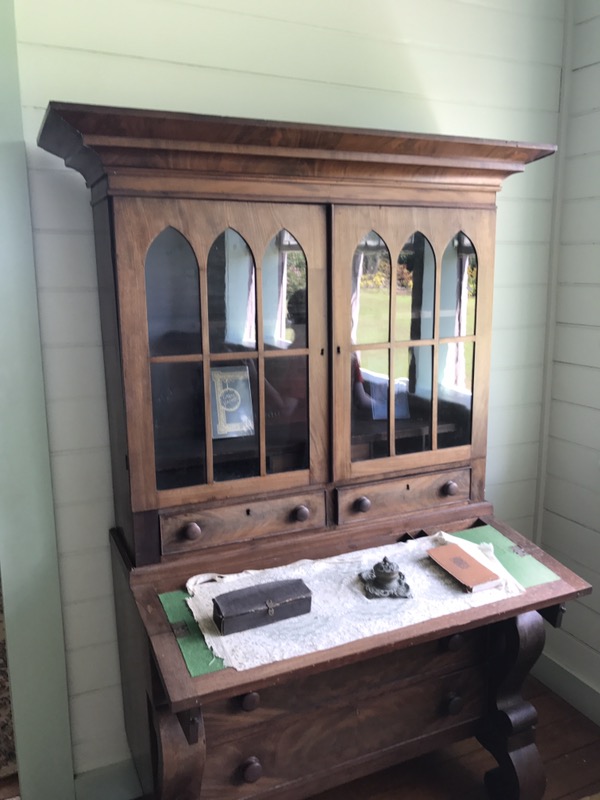

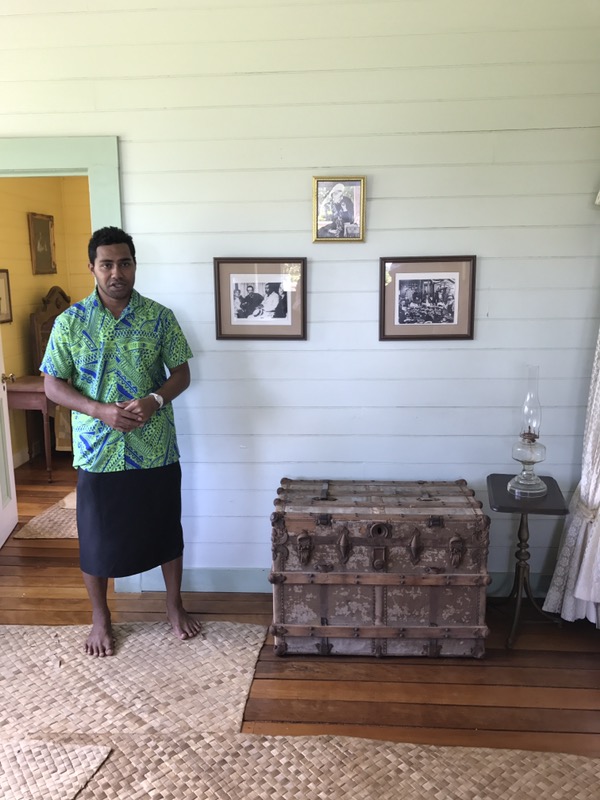
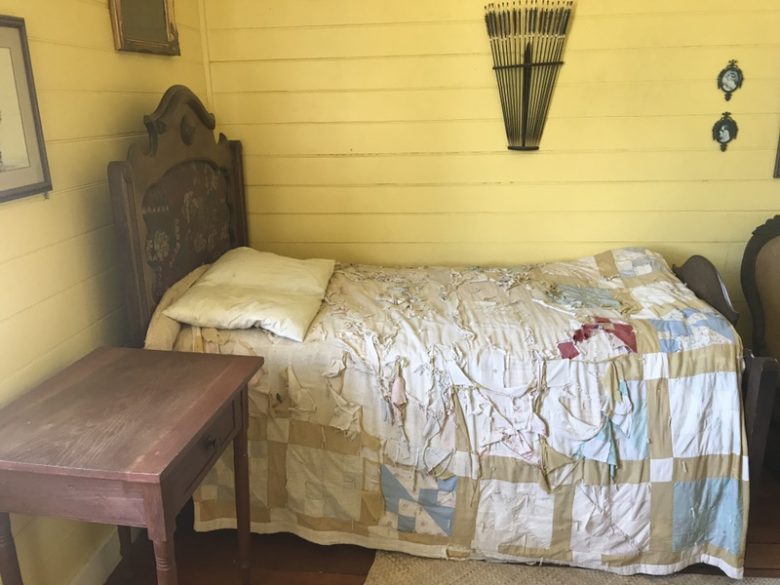

R.L.S. room was a mix of work room, library and bedroom.
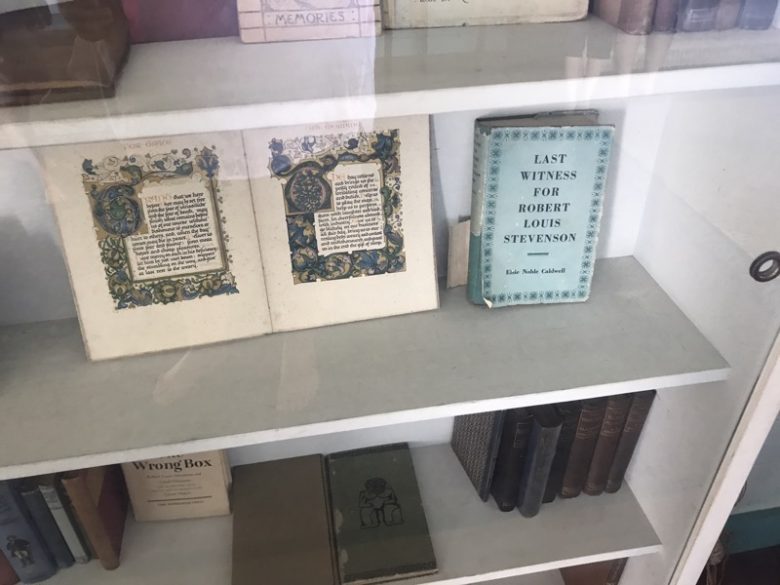
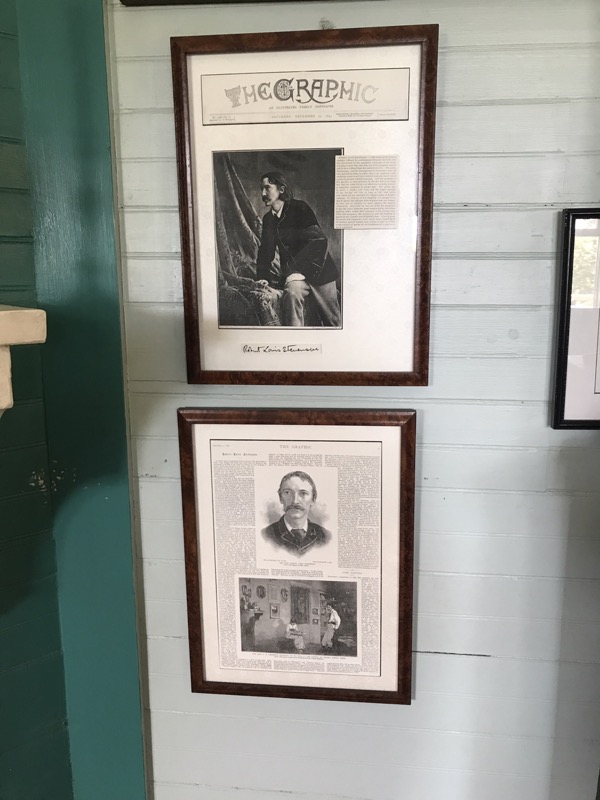
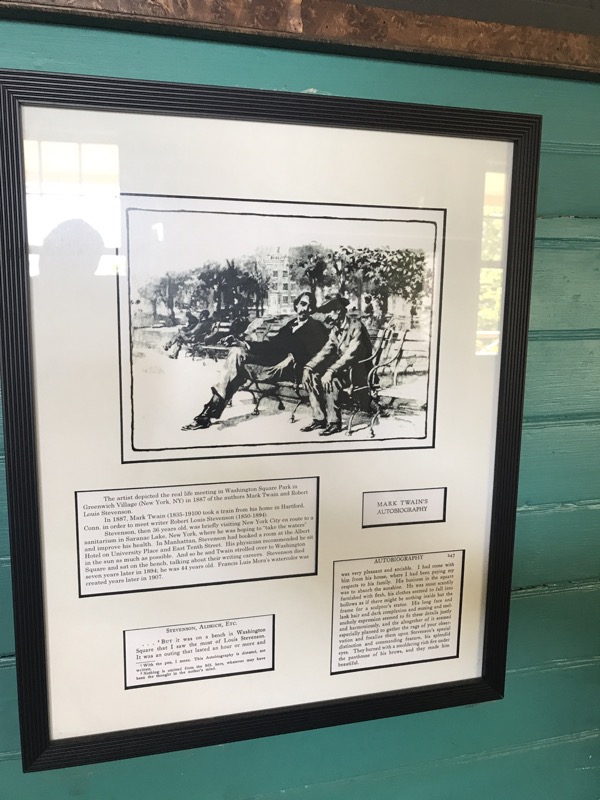
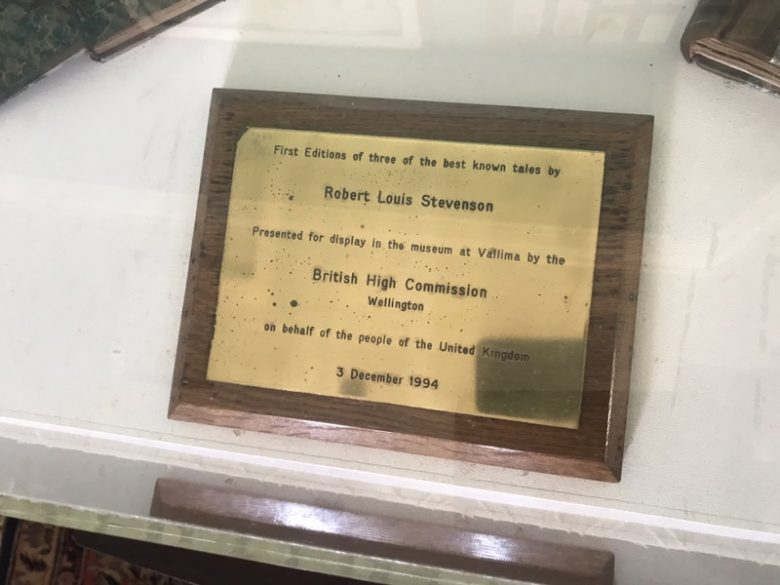
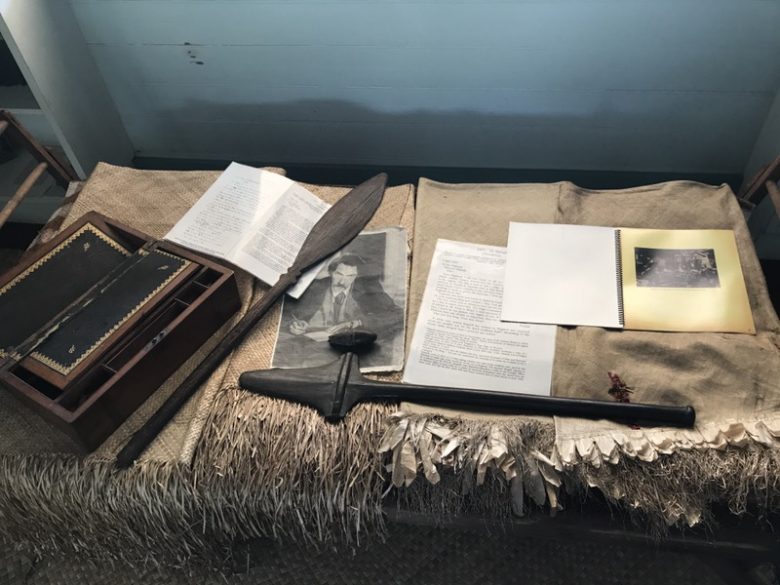
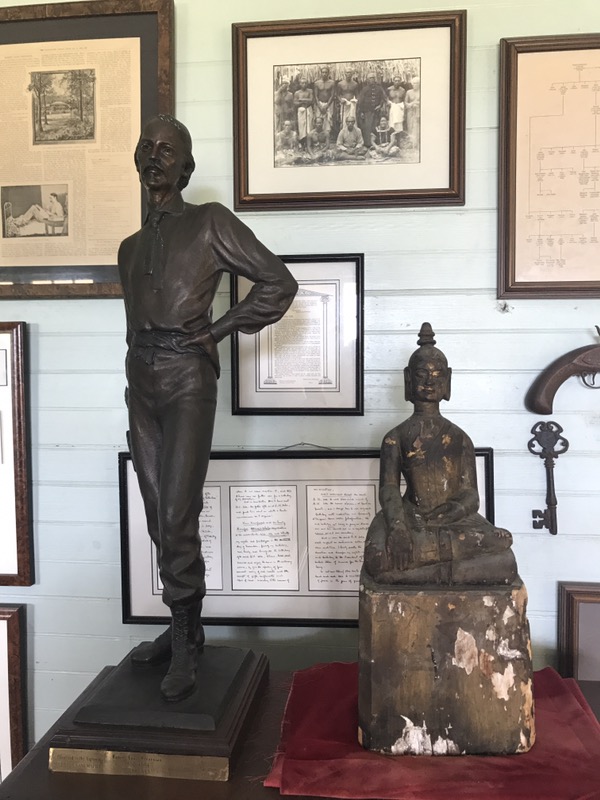

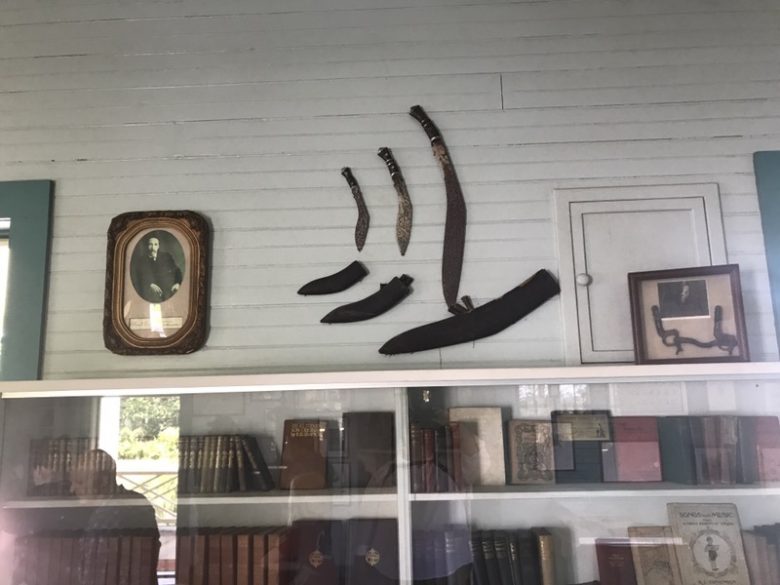
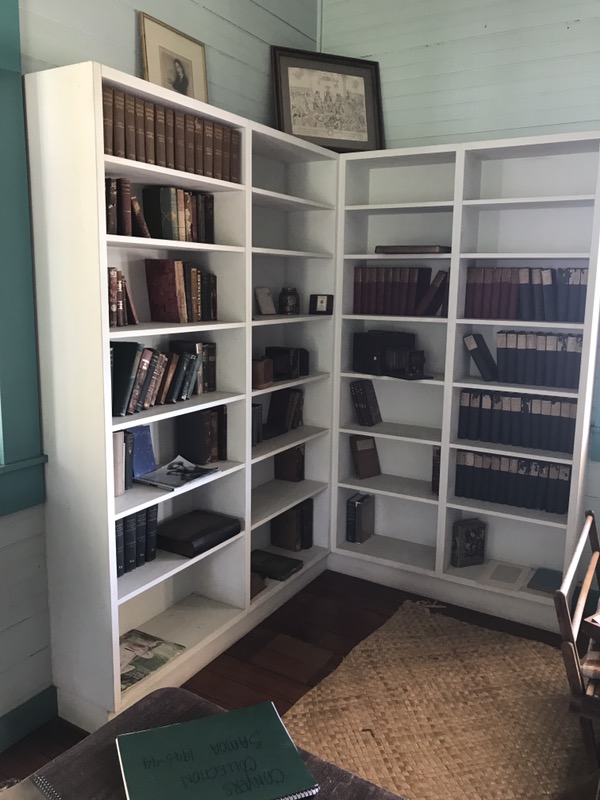
The last room was the dining room / salon (the kitchen is traditionally a separate building to avoid a fire).
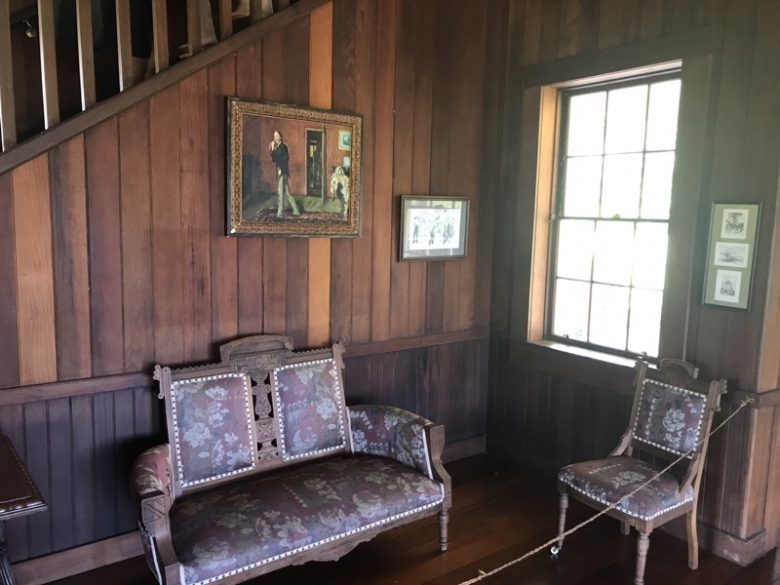
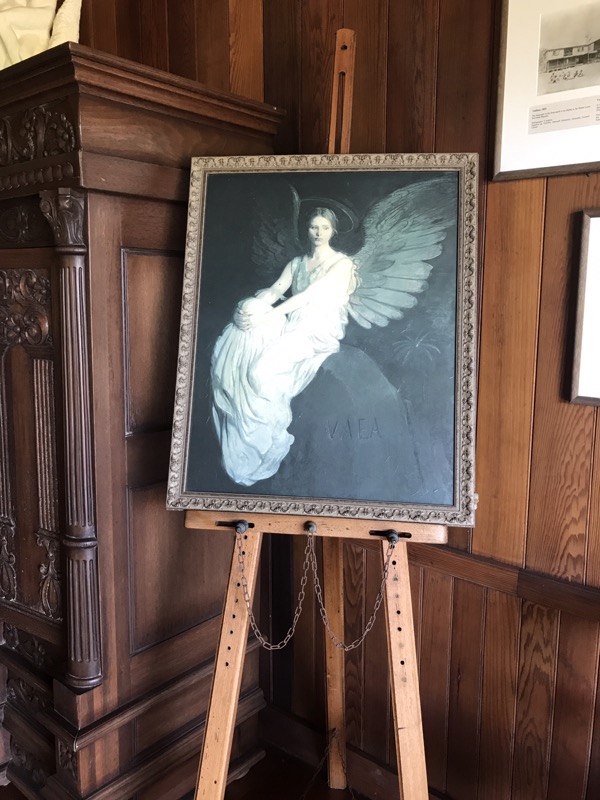

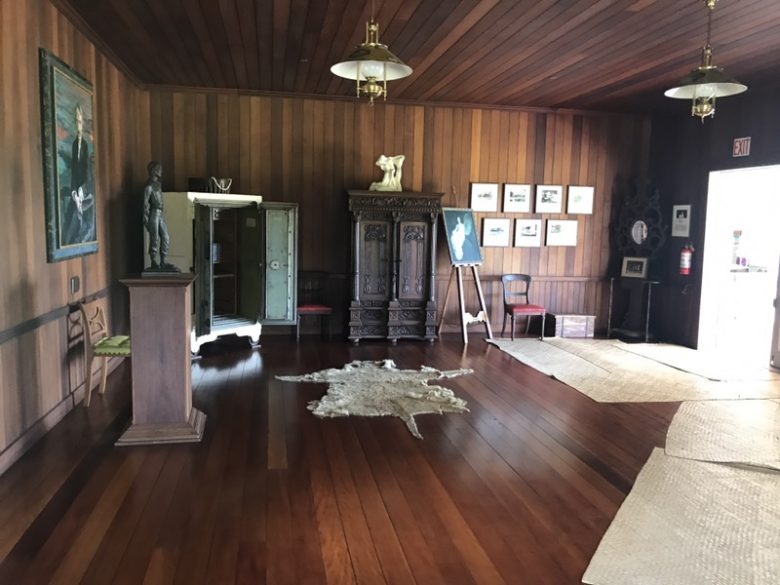

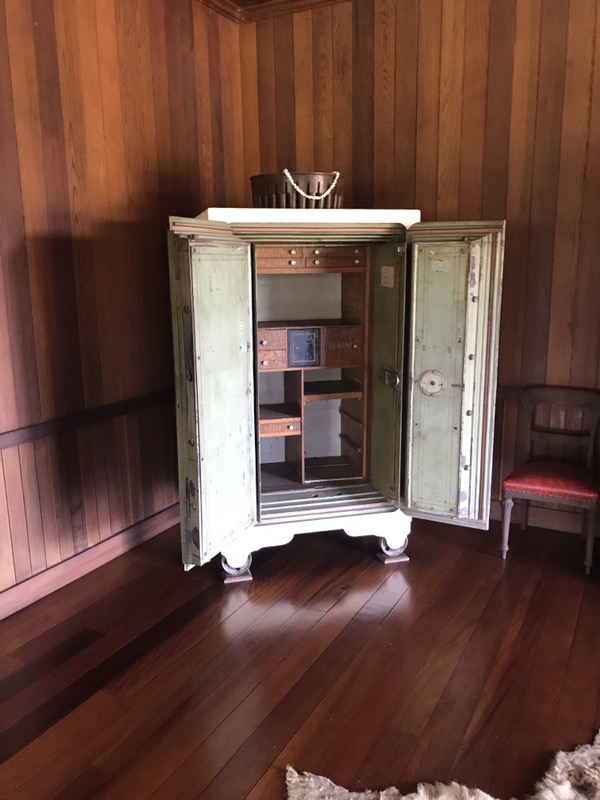
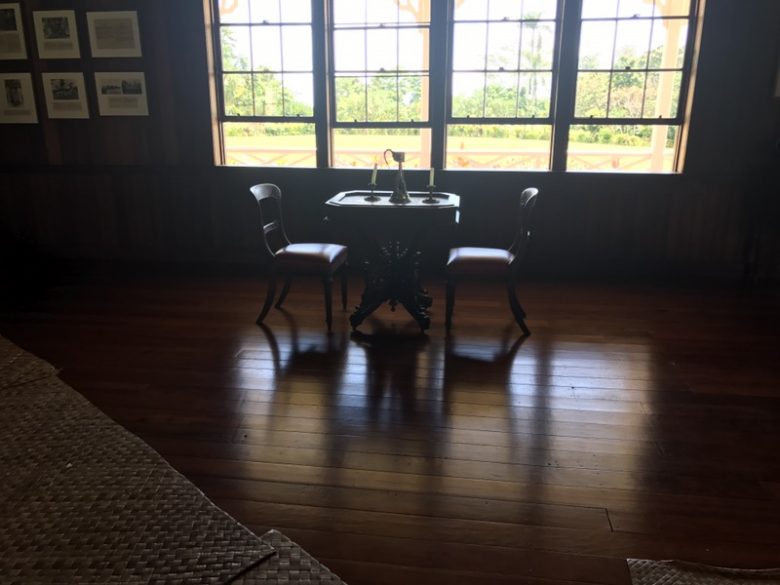
There is also a picture of R.L.S.
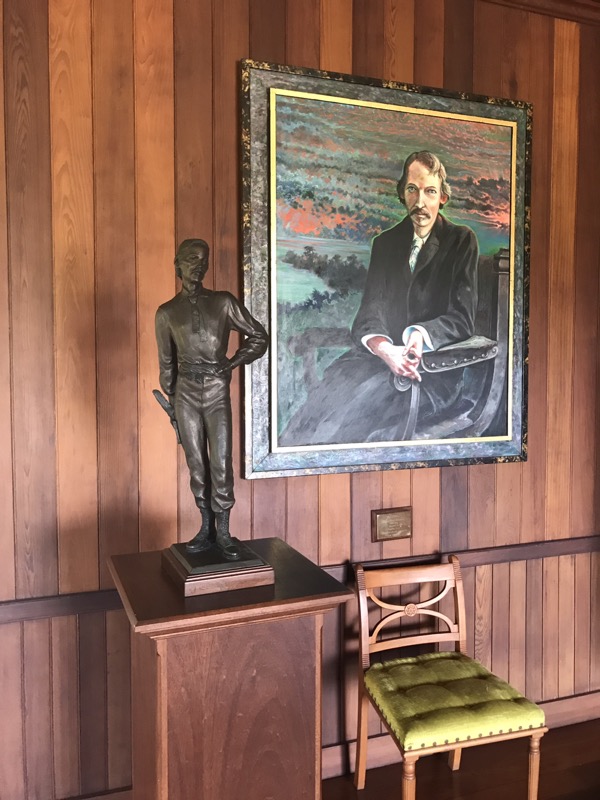
View of the garden and the kitchen.
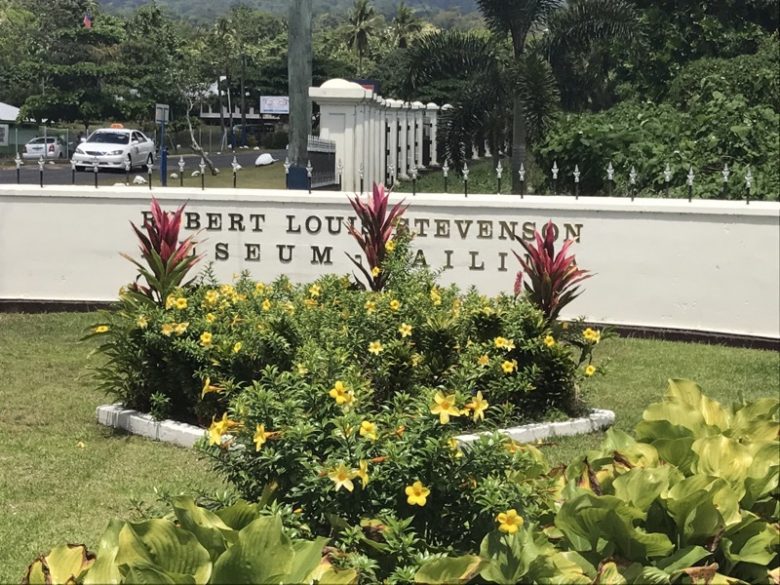
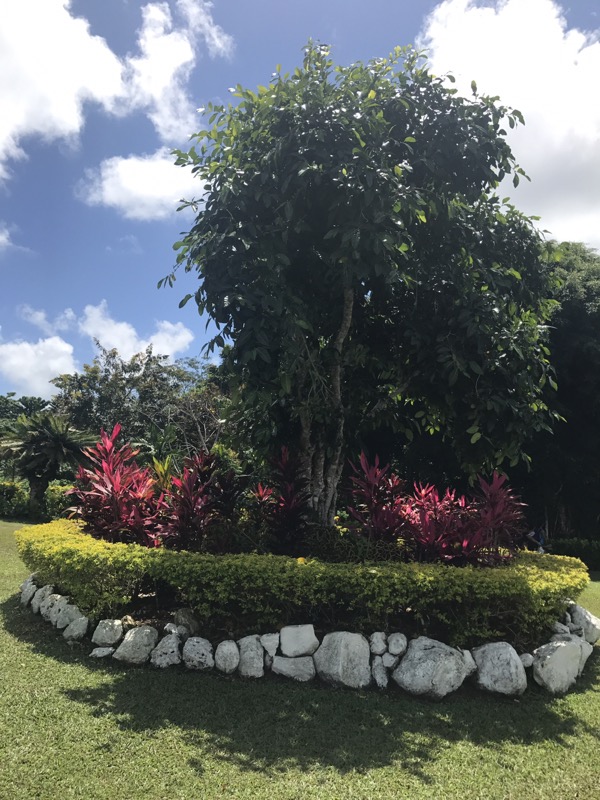
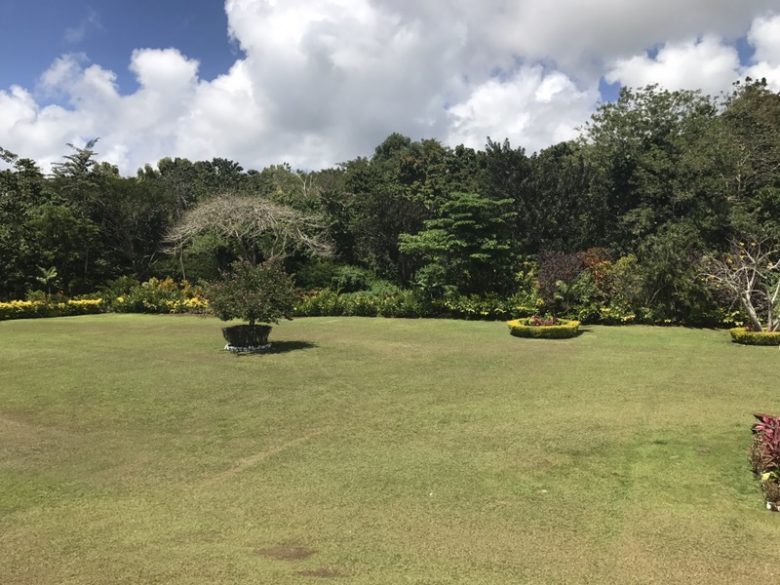
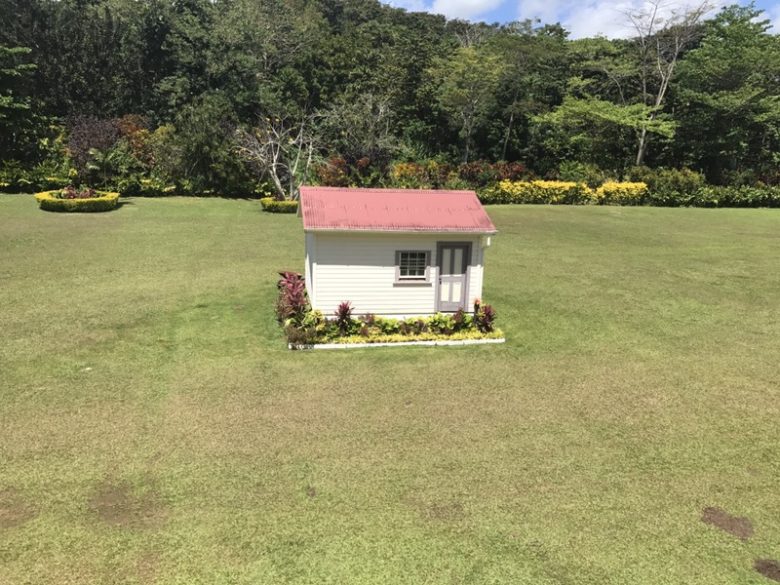
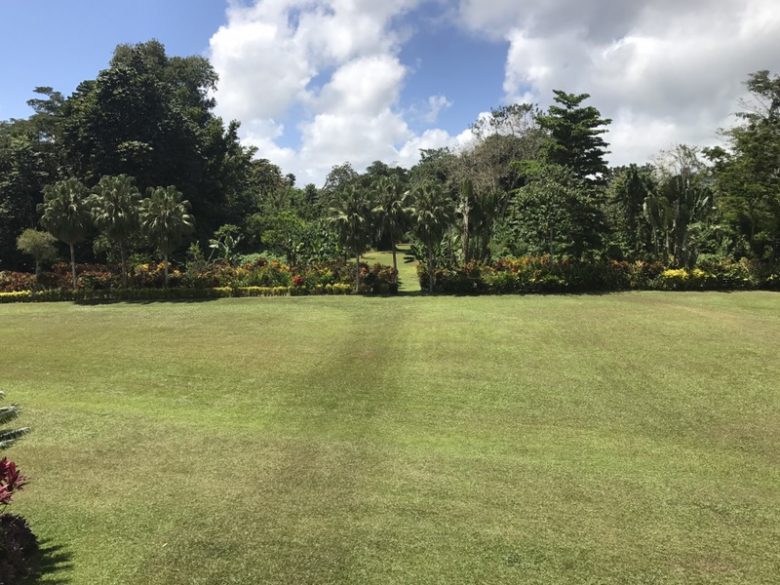
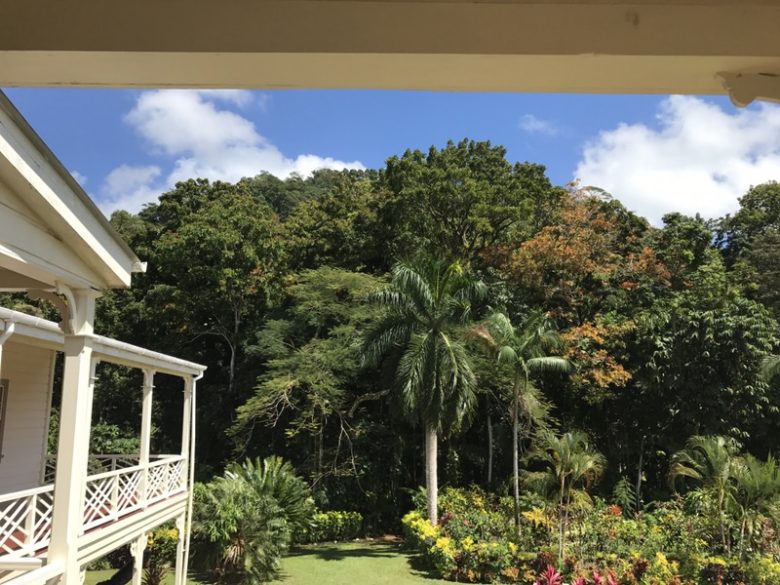
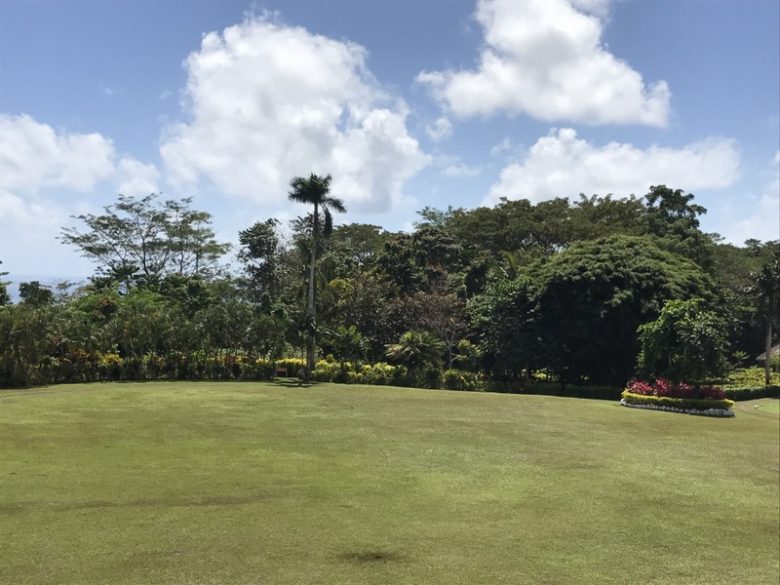
Max was able to watch the Disney move of “Treasure Island” as an inspiration – nevertheless, the museum did not really interest him …
Savaii round trip – the second big island
Getting up at 5:45 so we are dressed and eaten breakfast by 7:15. The transfer to the port goes on time and takes about 5 minutes. From the port you can see our hotel (air line no 500 meters) – where we have to take the ferry (at 8 o’clock, why we have to be at 7:20 at the port?), to the second large island of Samoa.
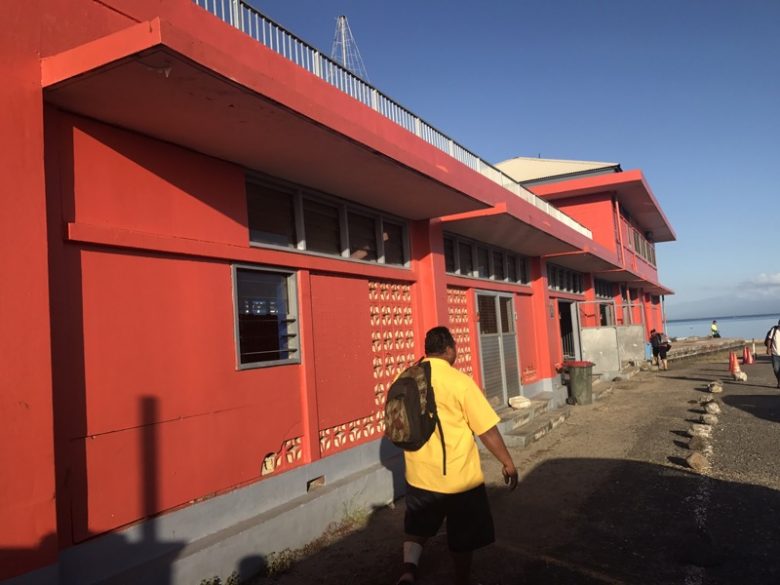
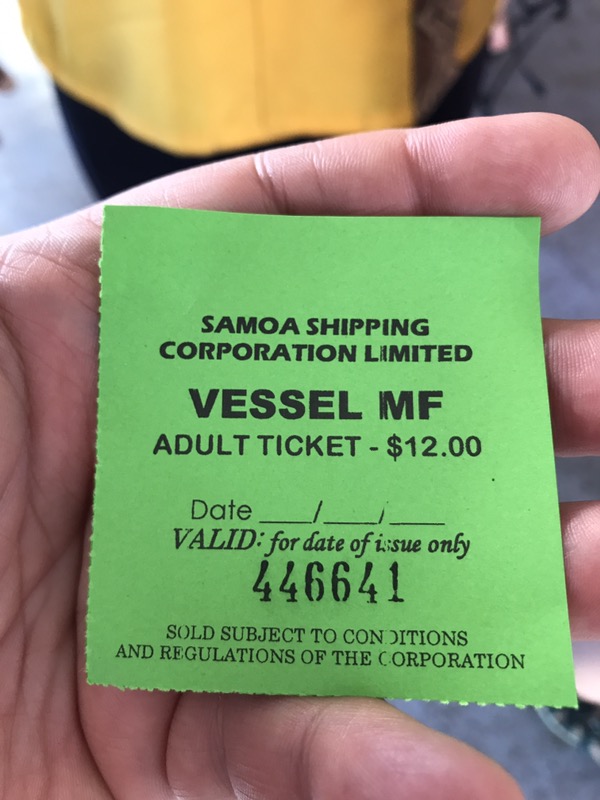
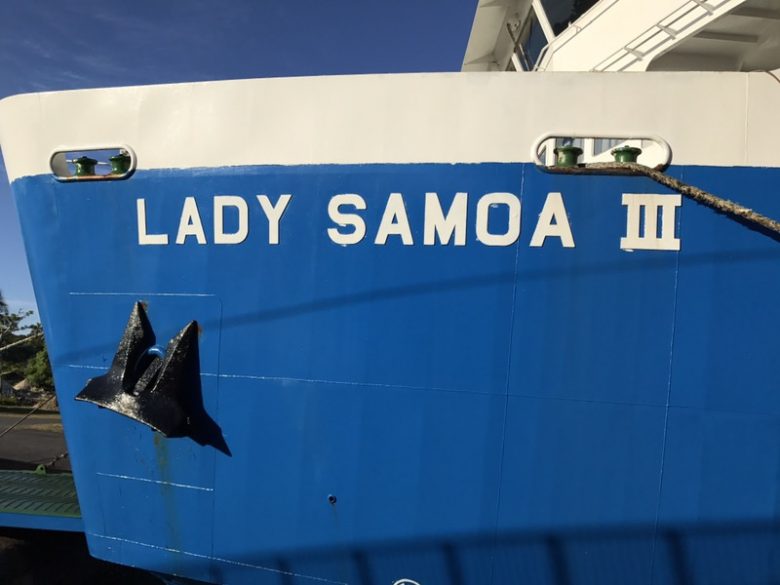
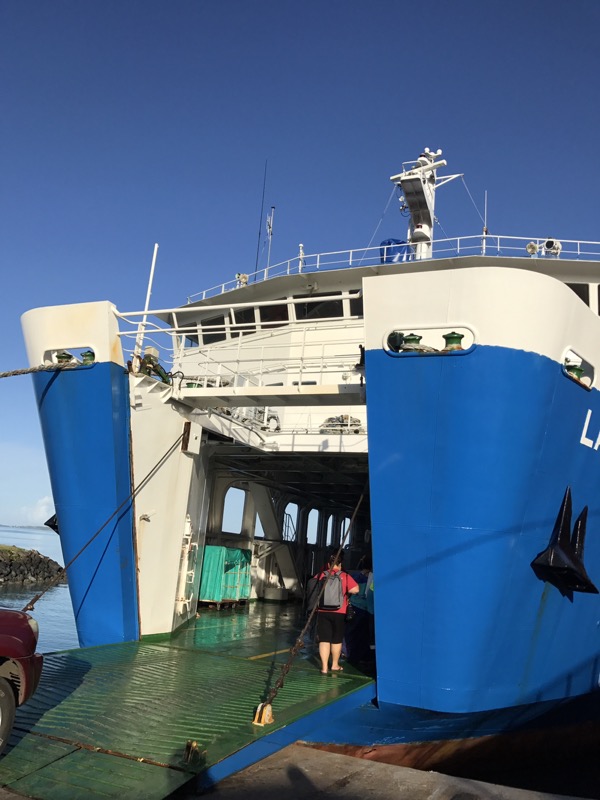
The trip takes about an hour and although the waves are barely more than half a meter, the ship partially shudders quite violently. Kasia stares most of the time and Max reads a book.
Note the horizon, the shots have been made just a few seconds behind each other.
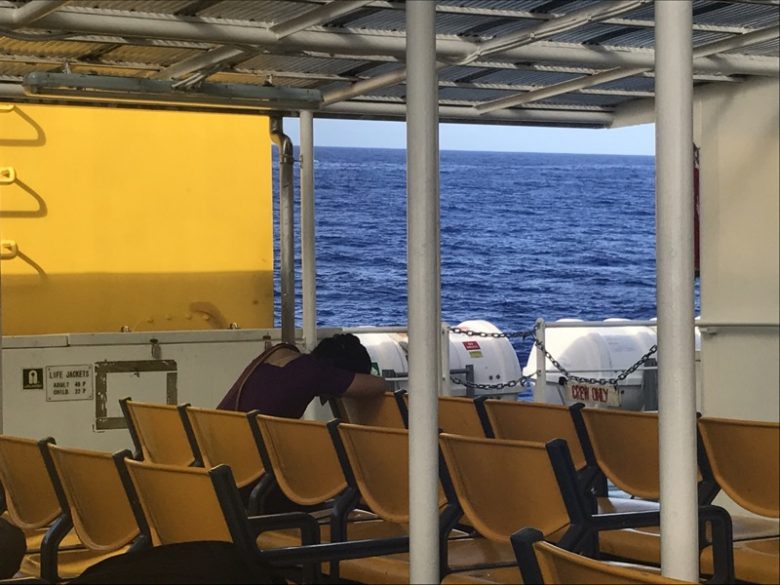
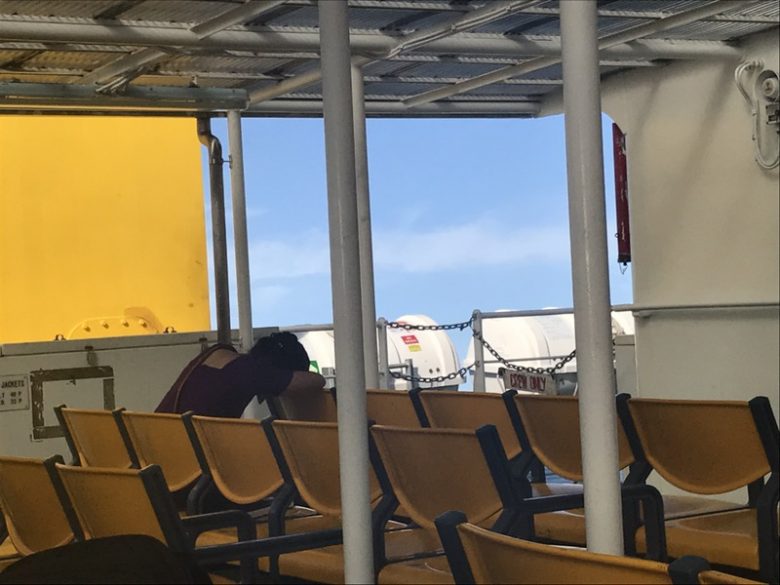
Arrived in savaii it goes first – lets gues! – to the market so we can see this sightseeing hotspot and shop a lot …


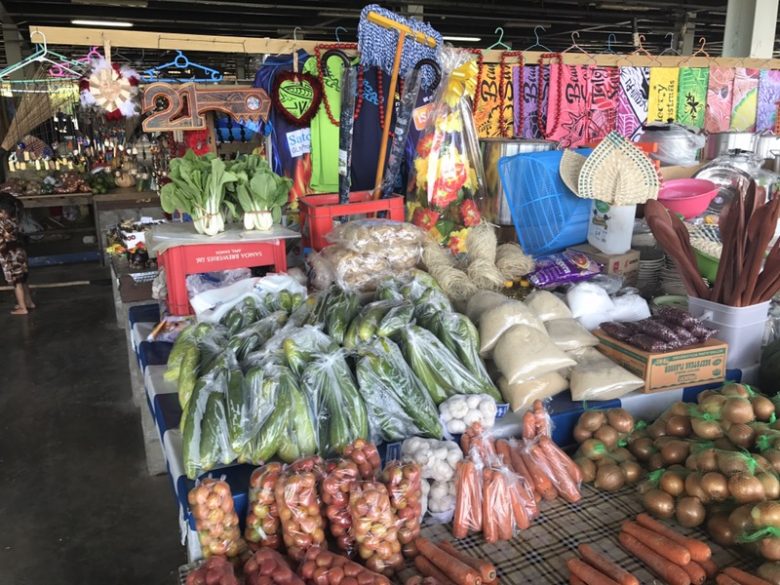
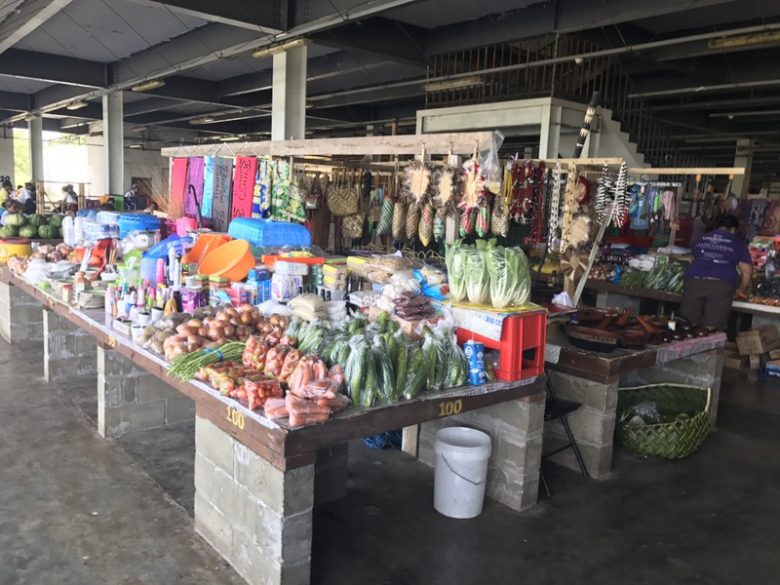
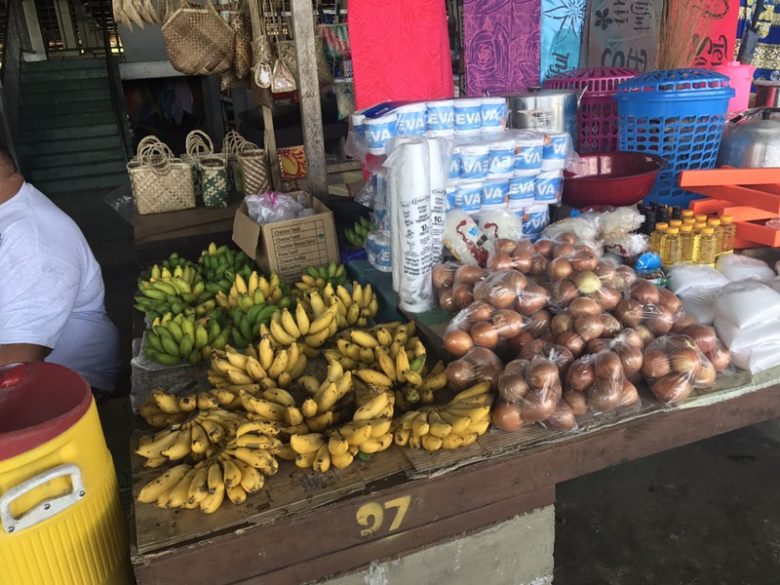
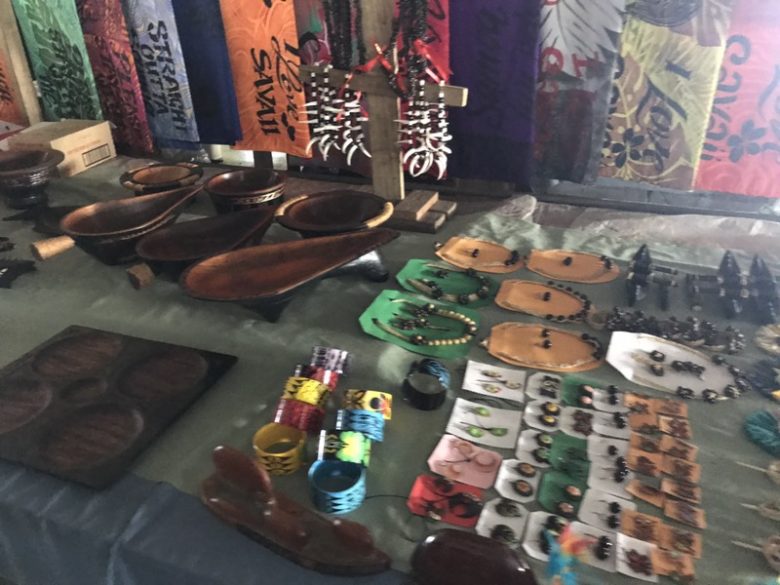
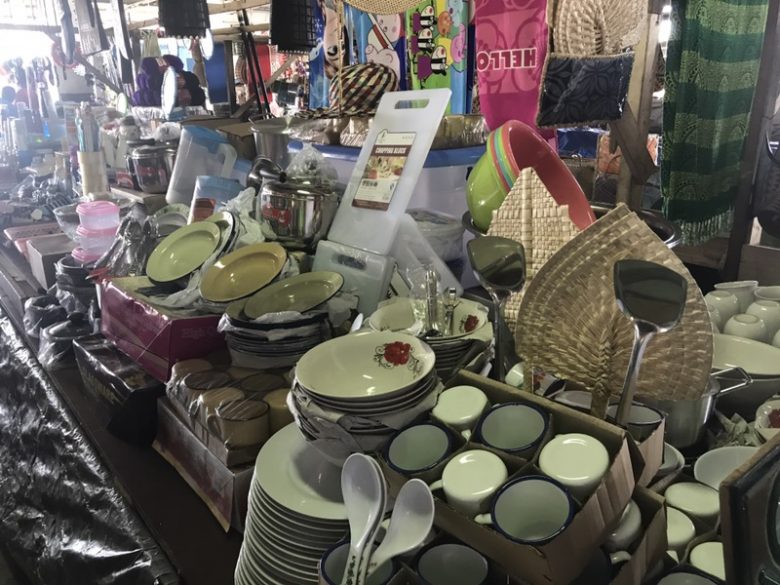

Then we go to the point where the first missionaries went ashore – here is also the oldest church of Samoa.
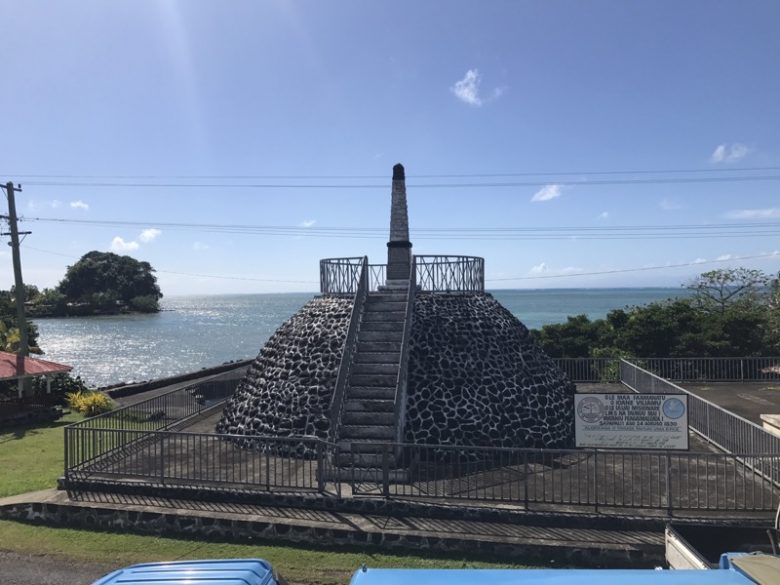

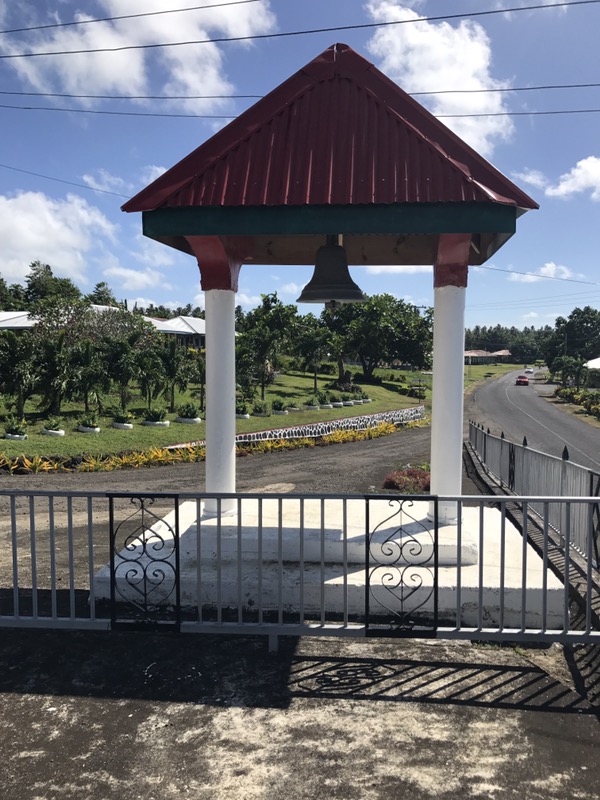
After that it goes in a fast drive – officially a maximum of 35-50 km / h is allowed, our driver drove almost around 100 …

.. to a lava field that was built between 1906 and 1911.
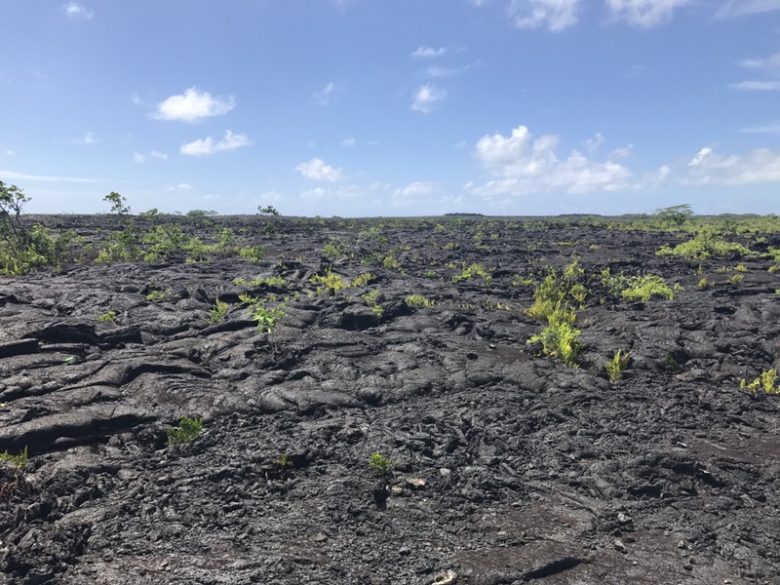
After that we went to the tourist point of the area and went to a church, which is partly “filled” by the lava.
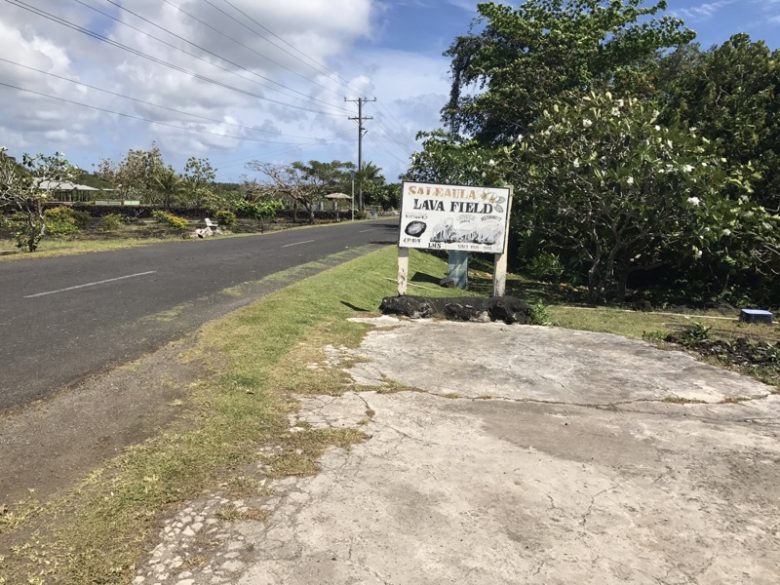
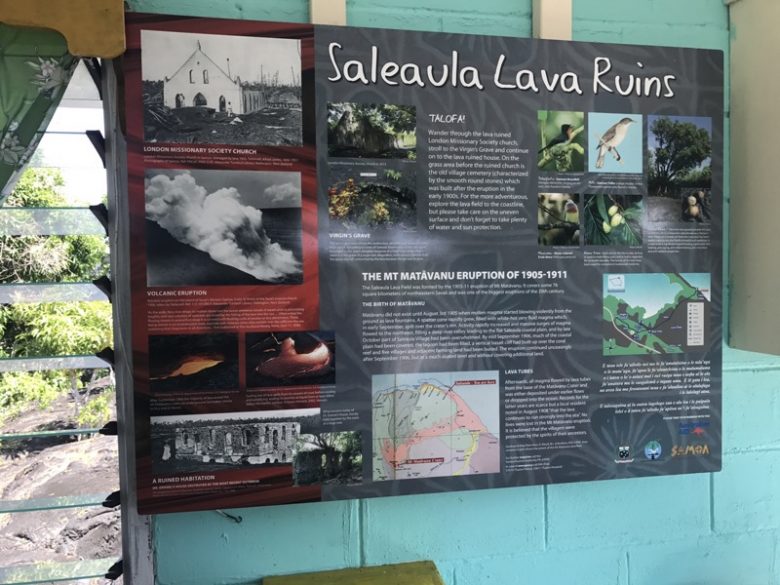

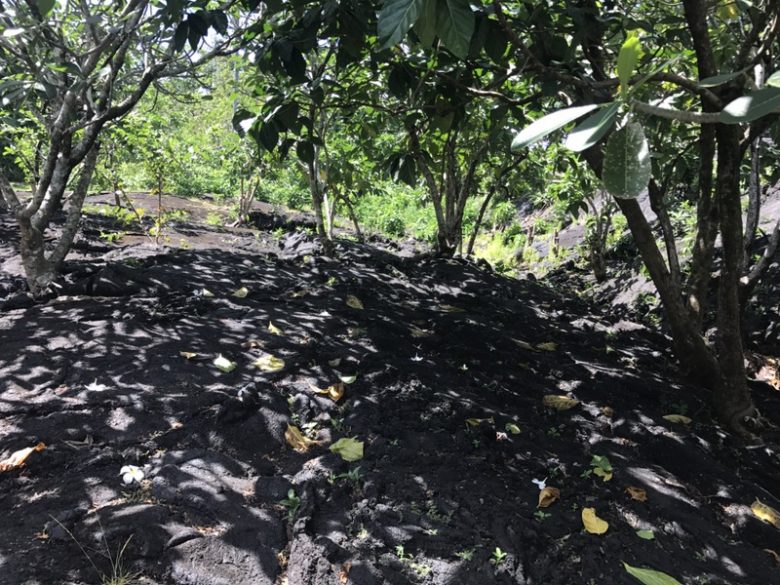
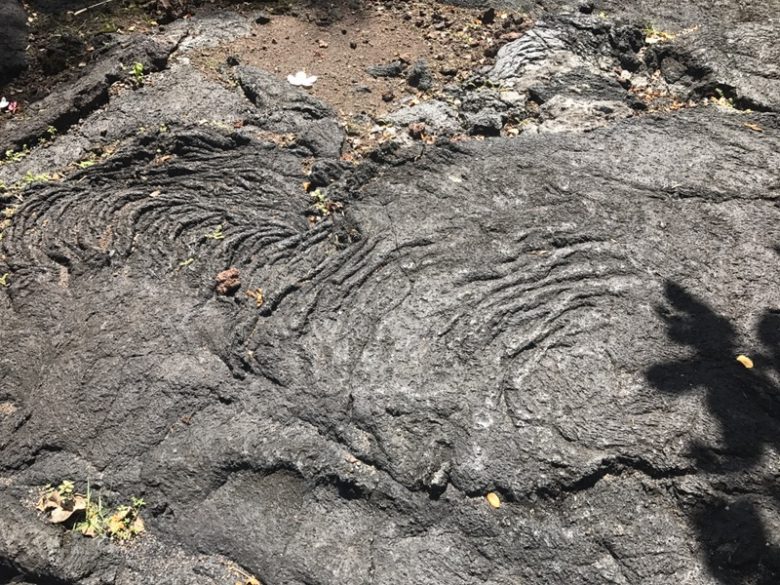
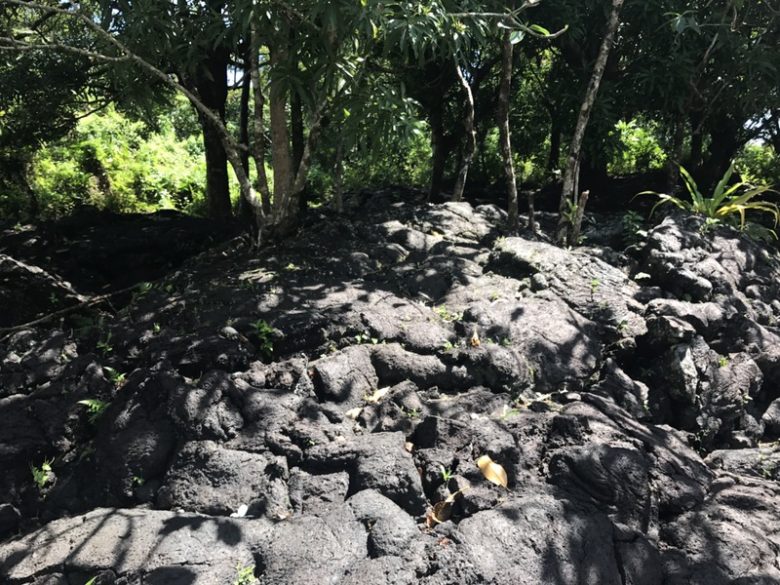
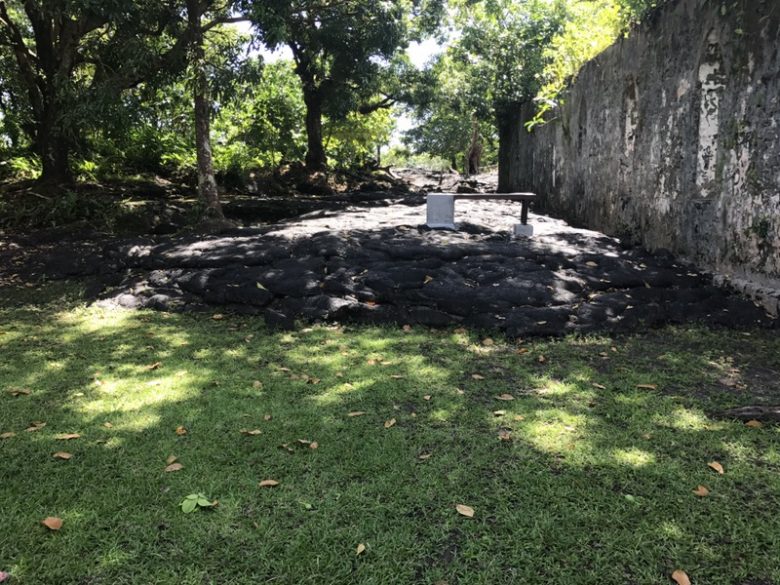
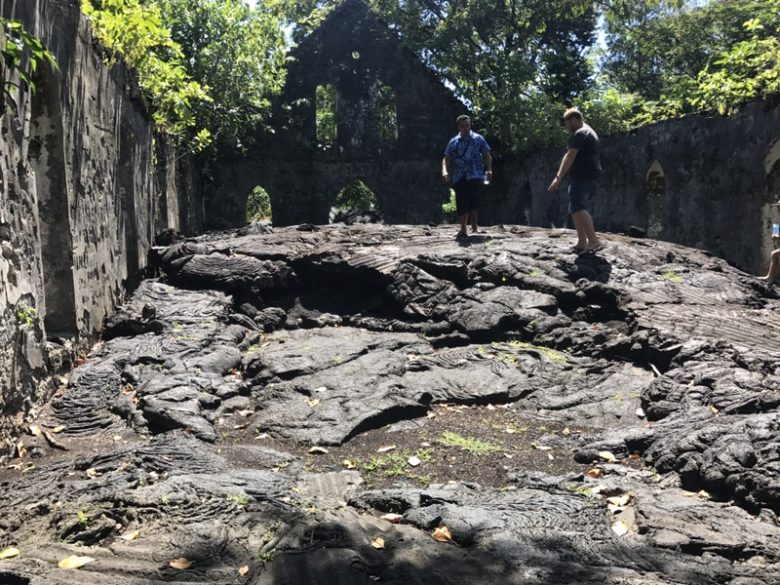
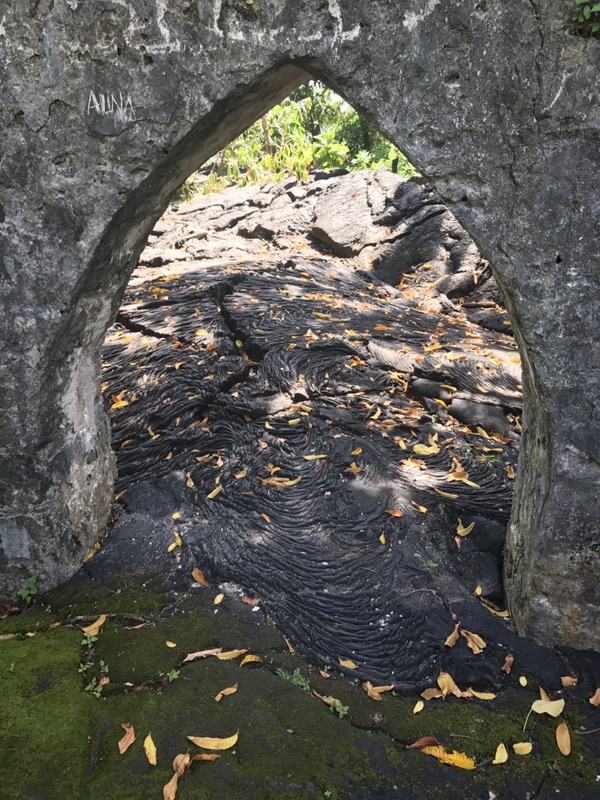
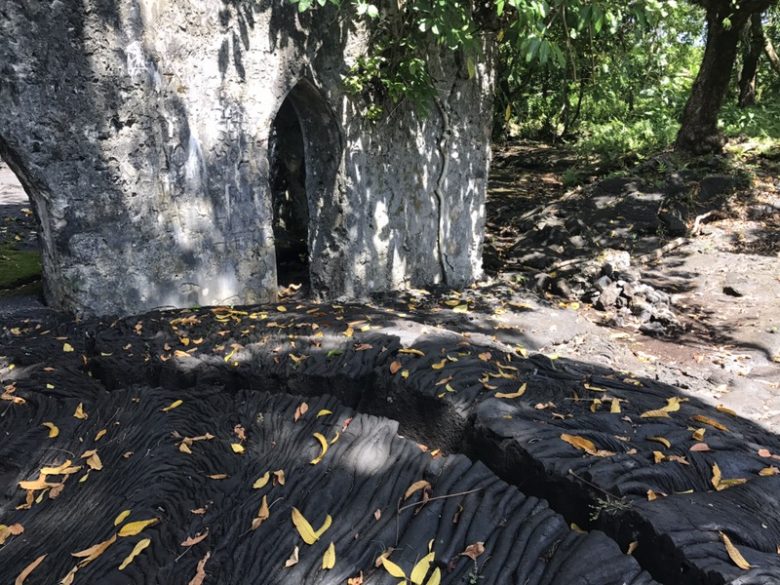
Afterwards the wild ride goes to the highlight for Max – swimming with turtles!
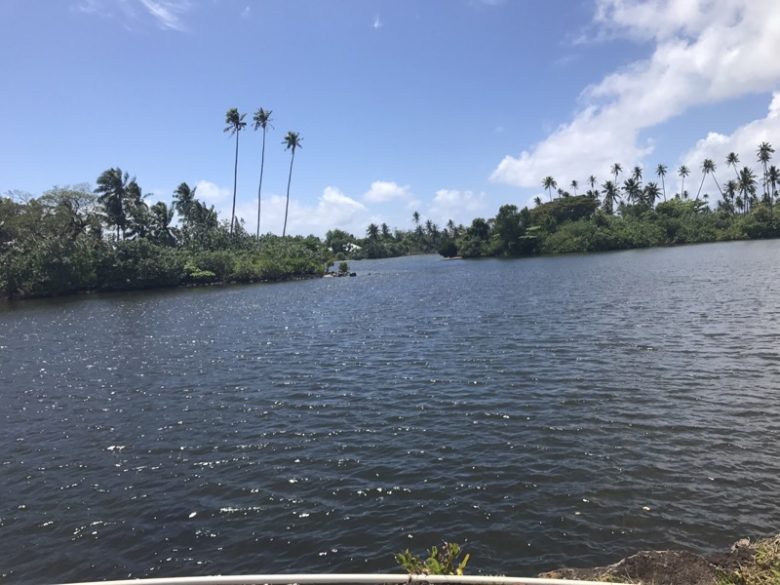

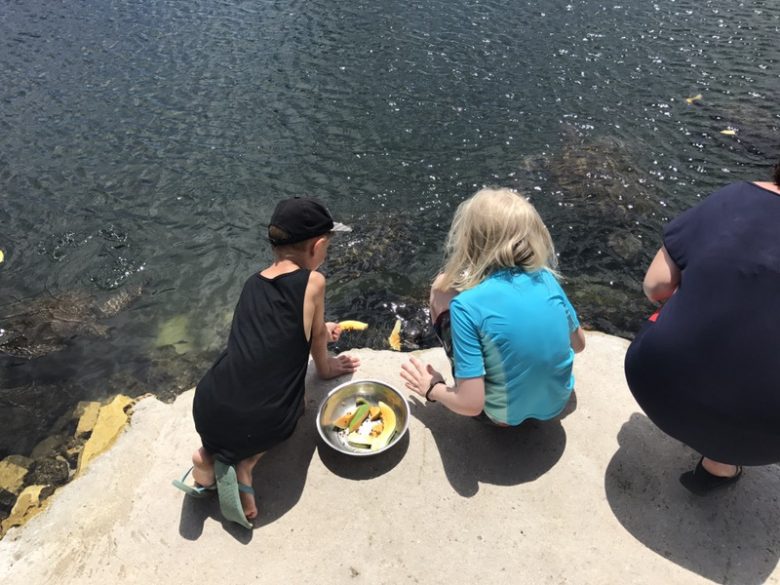
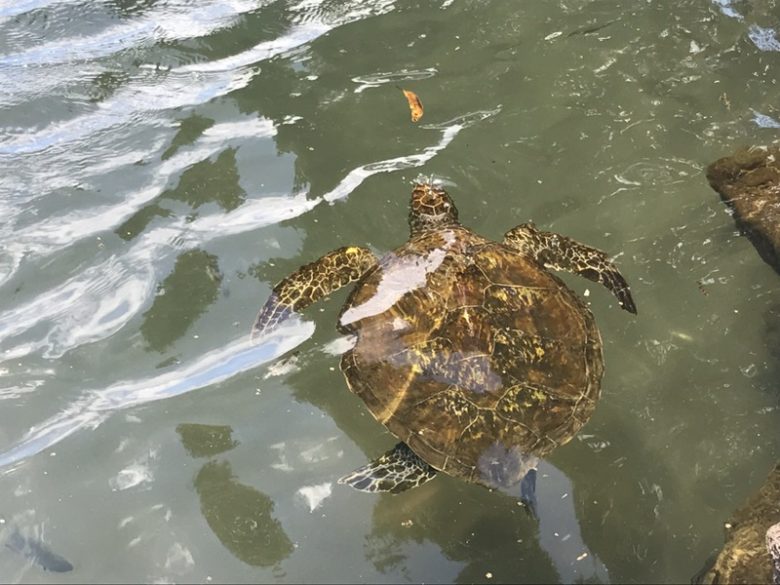

There are only lakes connected to the sea, which are fed by small streams near the sea, and are therefore a little colder and less salty than the sea.
After almost 30 minutes the fun is unfortunately over and we race back towards the harbor where we are in a small hotel – in which the service around worlds is better than in ours and the less than half the prices! – another lunch (beverages are payable).
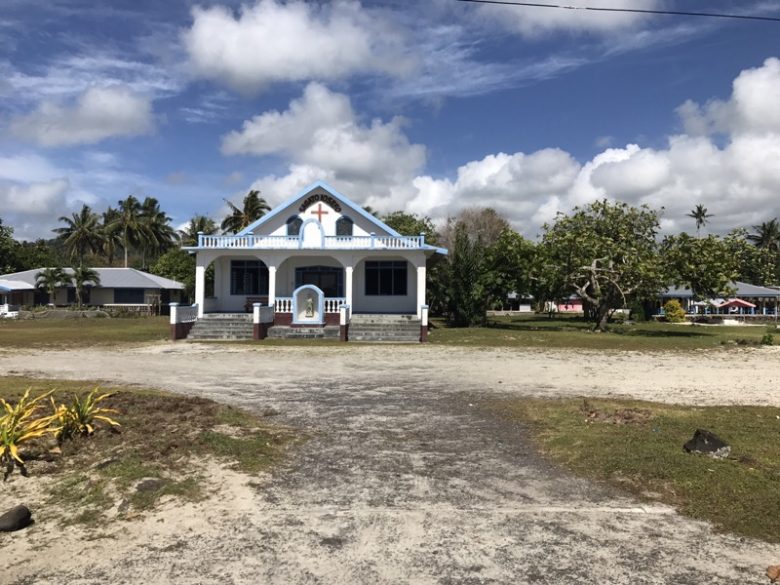

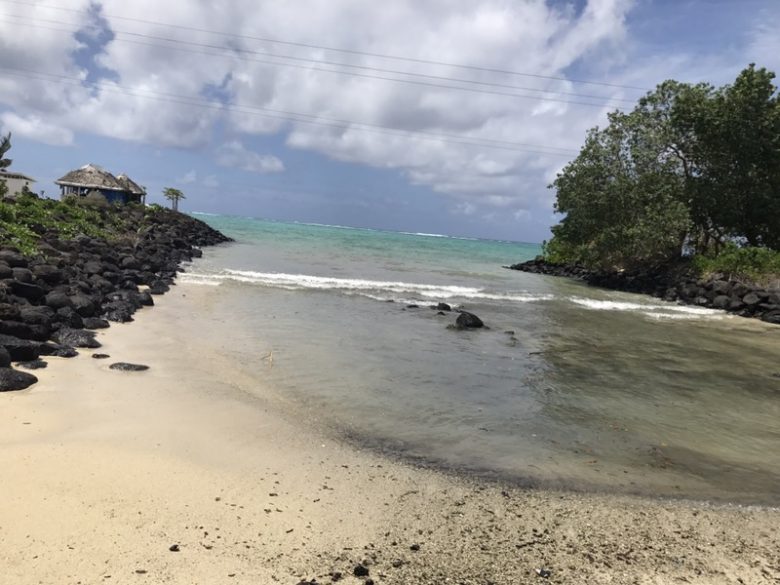
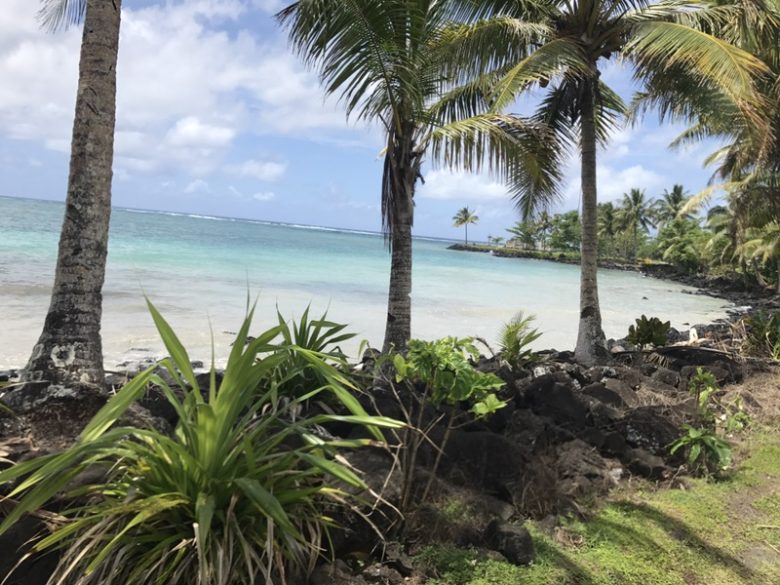
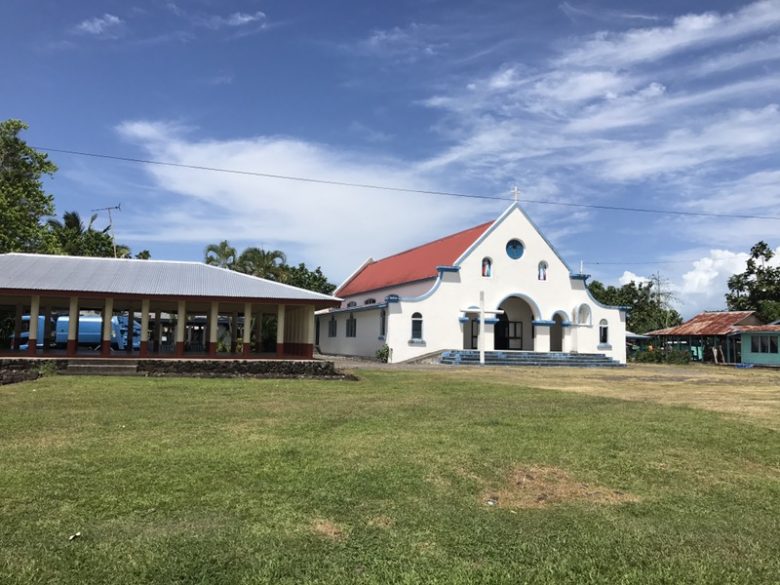
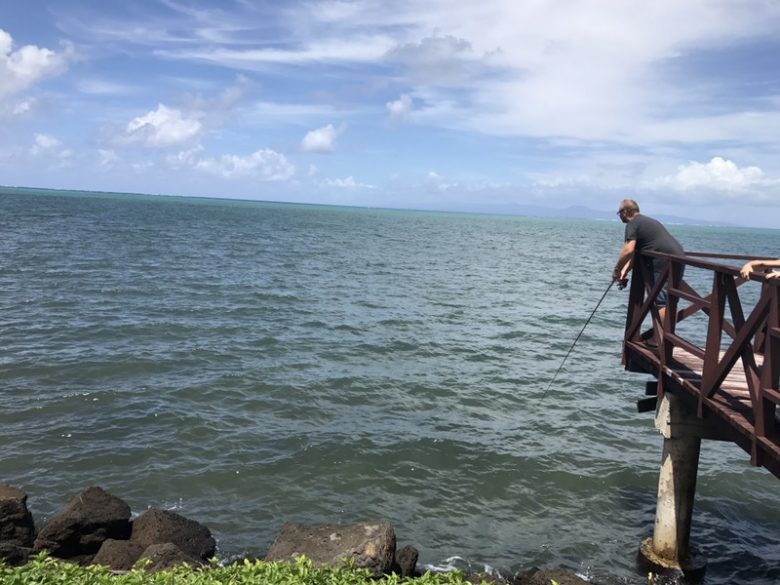
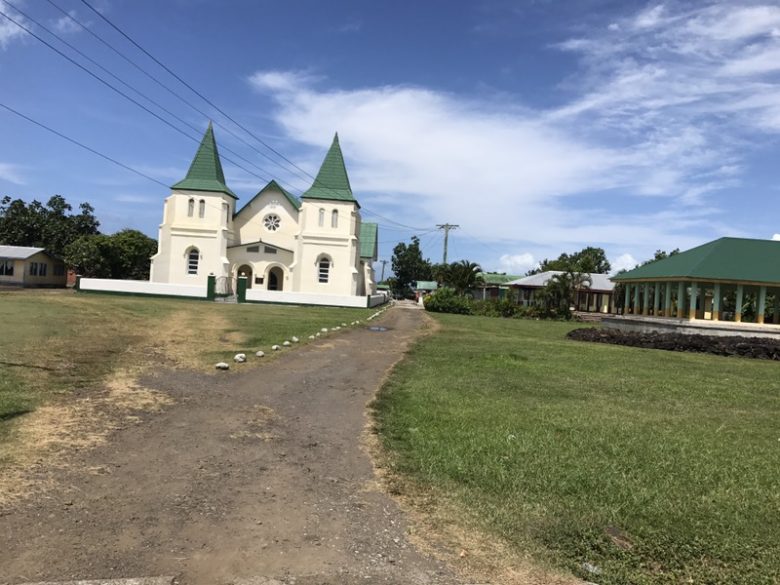
At 13:45 we meet at the port and can on board the ferry. At 2 pm we go back and arrive at the hotel around 3:30pm.
Too bad that we could not see the last highlight of Savaii – the gaysire.
The reason for this is more likely to be a fund-raising operation – it is another trip, as the gaysire are on the “other” side of Savaii. After the harbor is located exactly in the southeast of the island and we have driven east, and the journey goes up to the turtles (exactly in the north). You can not just go around the island to round it. No, we where ging back the same way! Circling of the island is estimated 30-40km longer. Then we could have taken the later ferry (around 4pm) … But no a second excursion brings more money for the tour provider!
The excursion was quite OK, I only annoyed that there is only tour operator at our resort.
To be able to choose, you have to got the 45 minutes to Apia to visit other vendors is just not funny (and not cheap).
